 The Ericaceous family is a humongous family of plants. It has over 4,250 species and is well-known as the heath or heather family. What makes these plants stand out from all the rest is their need for infertile, acidic soil. If planted in regular, neutral soil, they will grow yellow leaves and ultimately not survive. For most gardens, it requires special compost to grow them. This small price is well worth it in the end because some of the most delicious and beautiful plants are part of the Ericaceous family. We've done the research to provide you with an extensive list of Ericaceous plants for your garden.
The Ericaceous family is a humongous family of plants. It has over 4,250 species and is well-known as the heath or heather family. What makes these plants stand out from all the rest is their need for infertile, acidic soil. If planted in regular, neutral soil, they will grow yellow leaves and ultimately not survive. For most gardens, it requires special compost to grow them. This small price is well worth it in the end because some of the most delicious and beautiful plants are part of the Ericaceous family. We've done the research to provide you with an extensive list of Ericaceous plants for your garden.
These are 45 of the best Ericaceous plants:
- Blueberries
- Hydrangeas
- Magnolia
- Camellia
- Gardenia
- Nepeta cataria (Catnip)
- Holly
- Dogwood
- Begonia
- Witch Alder
- Japanese andromeda
- Caladium
- Mountain Heather
- Daffodils
- Ferns
- Japanese Iris
- Trillium
- Amaryllis
- Azaleas
- Rhododendrons
- Aster
- Arugula
- Bayberry
- Astilbe
- Hostas
- Huckleberry
- Inkberry
- Hibiscus
- Juniper
- Lily of the Valley
- Mahonia
- Mountain Ash
- Oak
- Pachysandra
- Phlox
- Pine
- Pieris
- White Cedar
- Witch Hazel
- Woodsorrell
- Mountain Laurel
- Leucothoe
- Japanese Silver Grass
- Lupine
- Cleyera
Keep reading below as we dive deeper into each plant to learn what makes them special and how to care for them.
1. Blueberries

Blueberries are one of the most popular kind of berries. Their iconic blue color and sweet taste help them stand out from other plants. Its Latin name is Vaccinium. The best time to grow blueberries is early in the spring, leaving ample time for growth. You can even buy plants that are a couple years old, which would allow for shorter time between planting and harvesting. Be sure to plant in a sunny spot with shelter for protection.
2. Hydrangeas
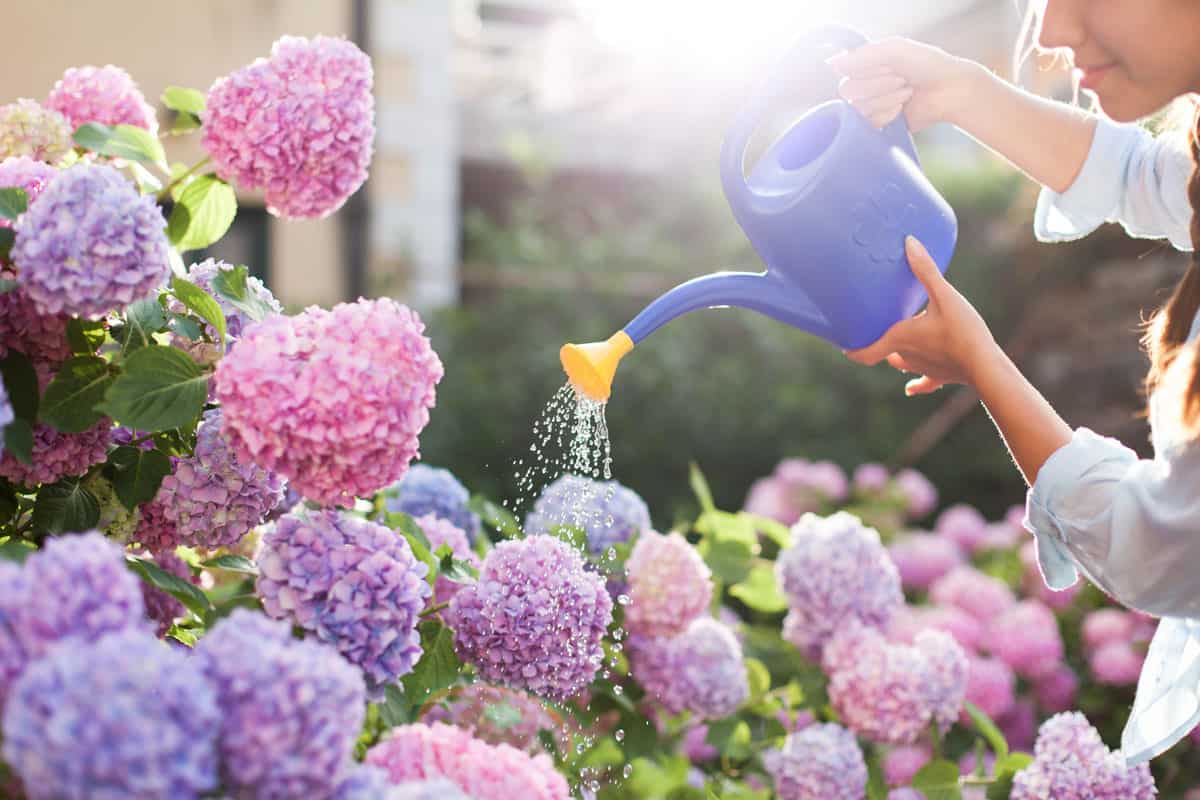
Hydrangeas are beautiful, round flowers with colors that range from pink, purple, lavender, and blue. Its Latin word is the same as its name: Hydrangeas. The best time to plant these is in the fall or earlier in the spring. You can plant them in places that get lots of sun but do not get too hot. They do not like the afternoon sun. This may be on the north or south side of your home.
3. Magnolia

Magnolias trees, or Magnolia Grandiflora, are another fantastic plant for your home. Their most popular version grows light pink and white flowers, while others grow many different colors. They are grown best in zones 4-9, and can tolerate lots of different soil types, although the greatest soil for them is well-drained, organic soil.
4. Camellia
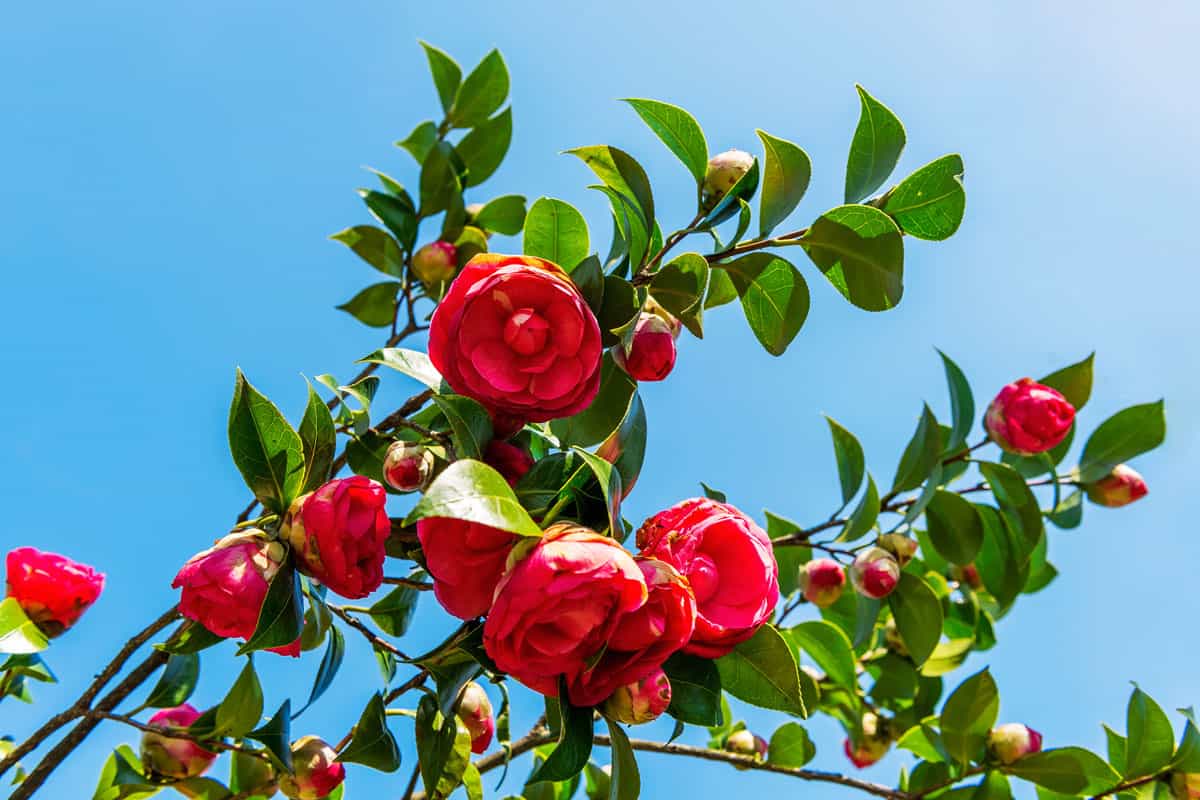
This circular flower has a yellow center usually with red or pink petals surrounding it. The Latin name for this plant for Camellia is Aucuba. The best time to plant them is early fall or spring, but Camellias can be planted during any month if closely monitored. They should be planted in zone 7-10 in well-drained soil. Like the Hydrangeas, they are most healthy in the sun without too much of the afternoon heat.
5. Gardenia
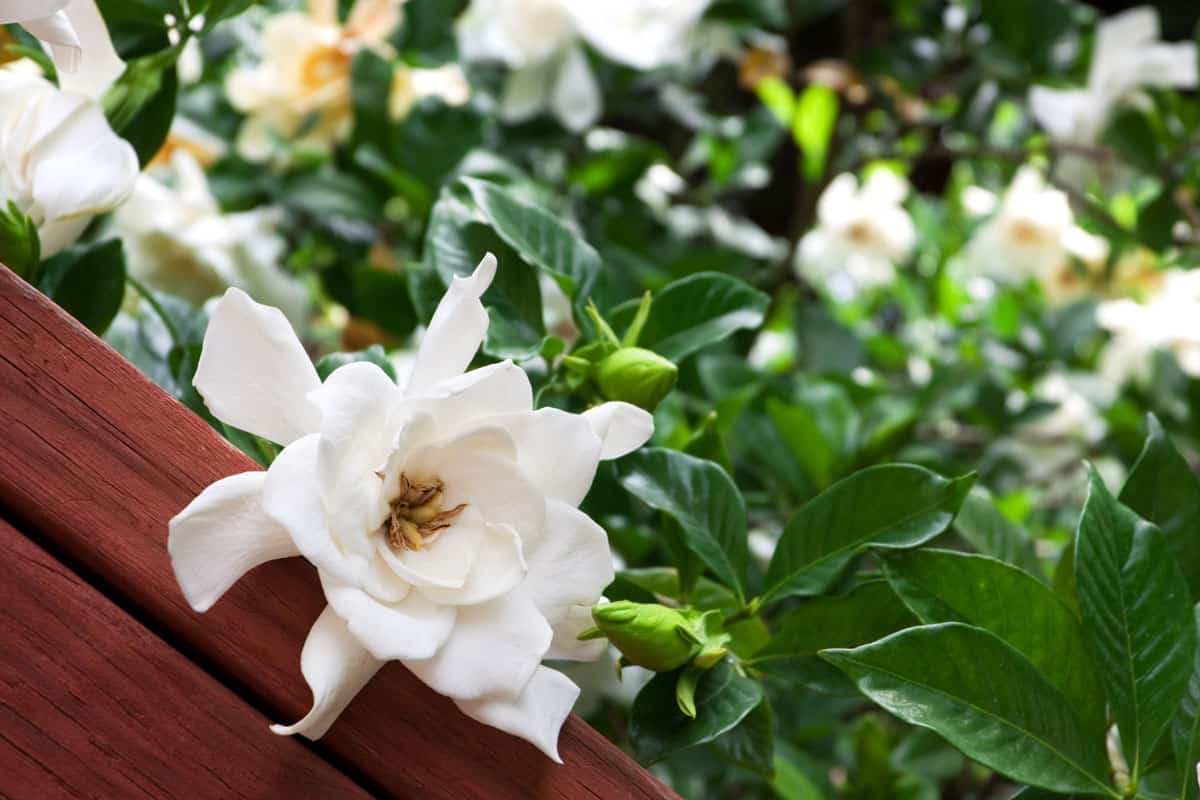
These unique plants are sure to stick out in your garden. They are mostly green with white flowers mixed throughout in a sprinkled fashion, with a wonderful smell. Like the Hydrangeas, its latin word is also its name. These plants enjoy sun with a little shade like the previously mentioned plants. They are healthiest in zones 8-11, and love soil with nutrients and organic matter.
6. Nepeta Cataria
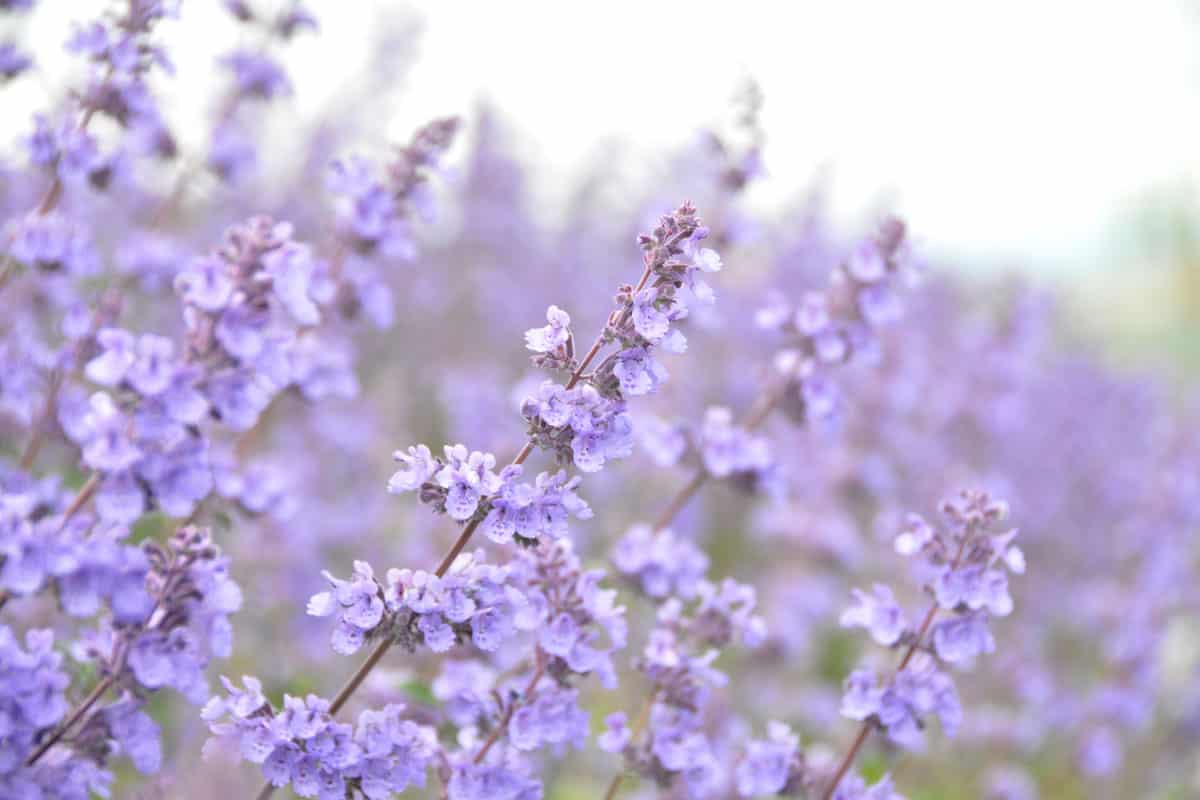
7. Holly
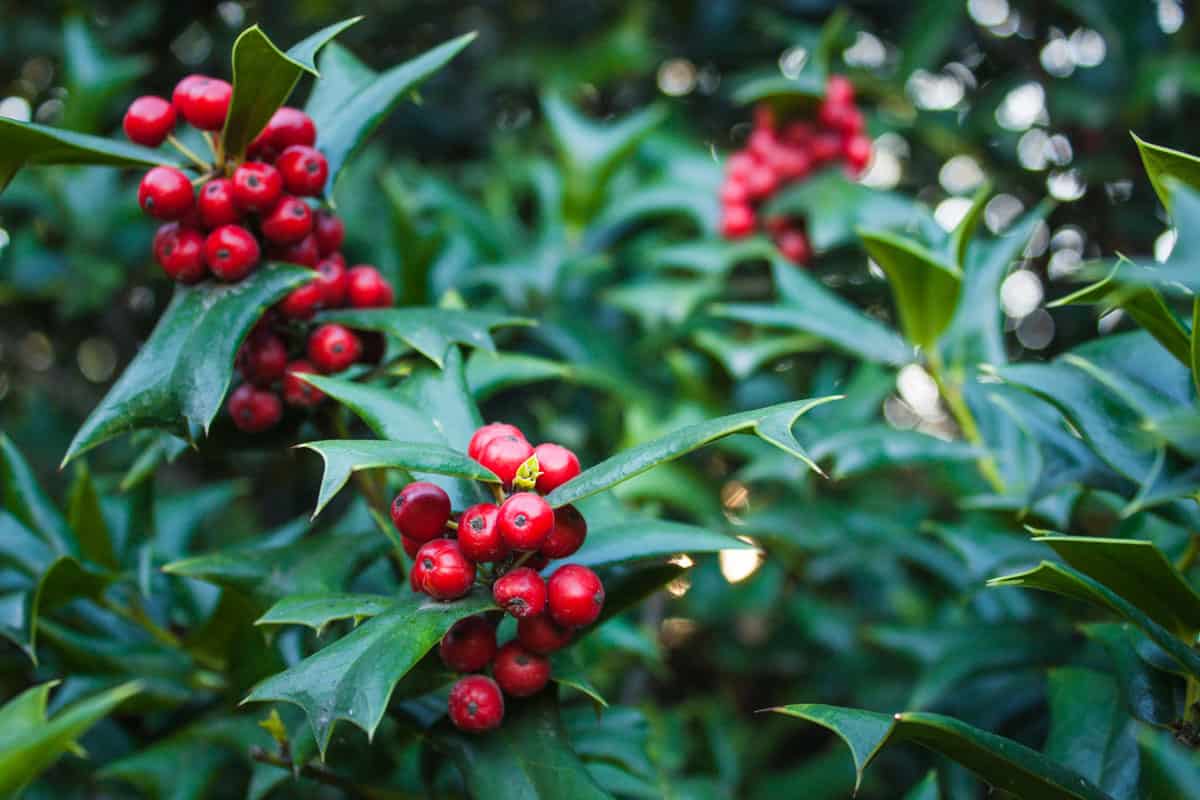
Holly (in latin: Ilex) is another famous plant that is popular around the holiday season. Its iconic shape typically has leaves growing outwards with red berries in the middle and sometimes white flowers. The number of berries and leaves on each branch differs based on the age of the plant as well as other factors. They are best left in zone 5-9 in mostly the sun with some shade with acidic soil.
8. Dogwood
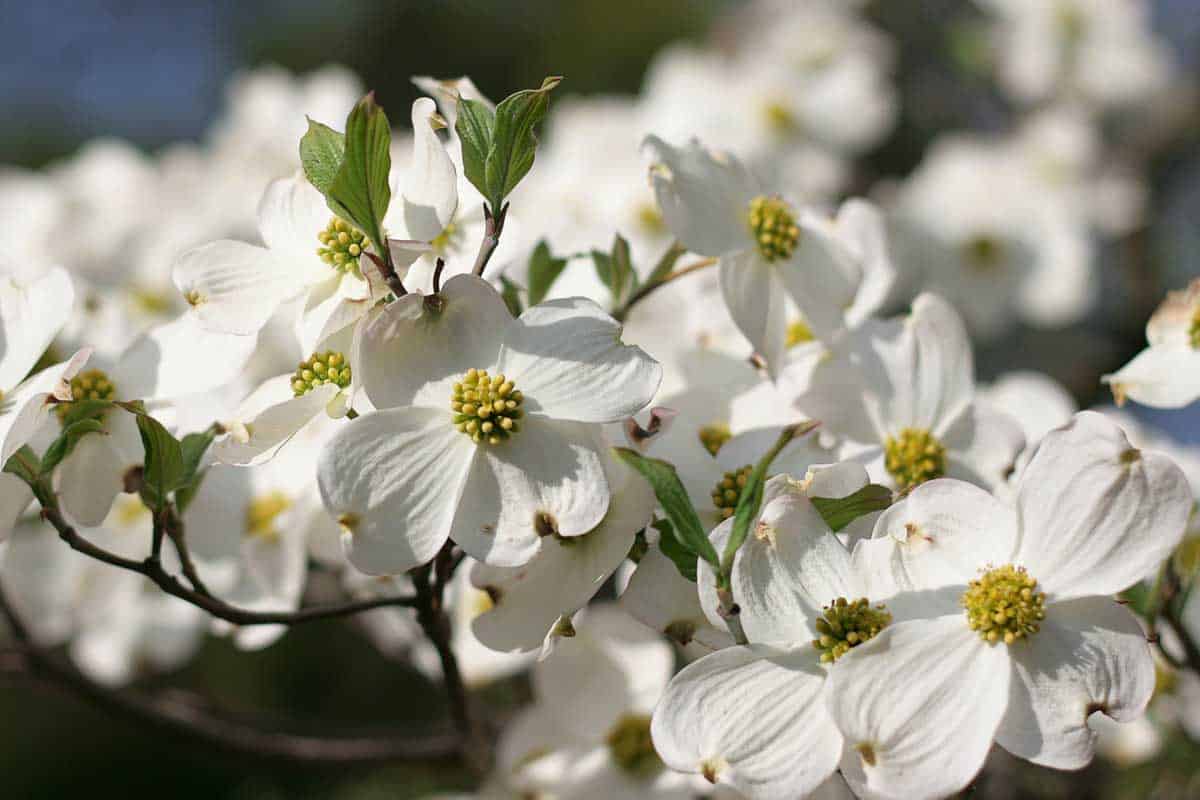
The Dogwood (in latin: Cornus) is a beautiful tree. Its most popular type is covered in white flowers when it blooms, but the Dogwood has many different types that range from smaller, thin trees to huge trees that can grow to be 50 feet tall. They grow best in zones 5-9 in acidic soil, and can even grow as fast as one foot per year.
9. Begonia
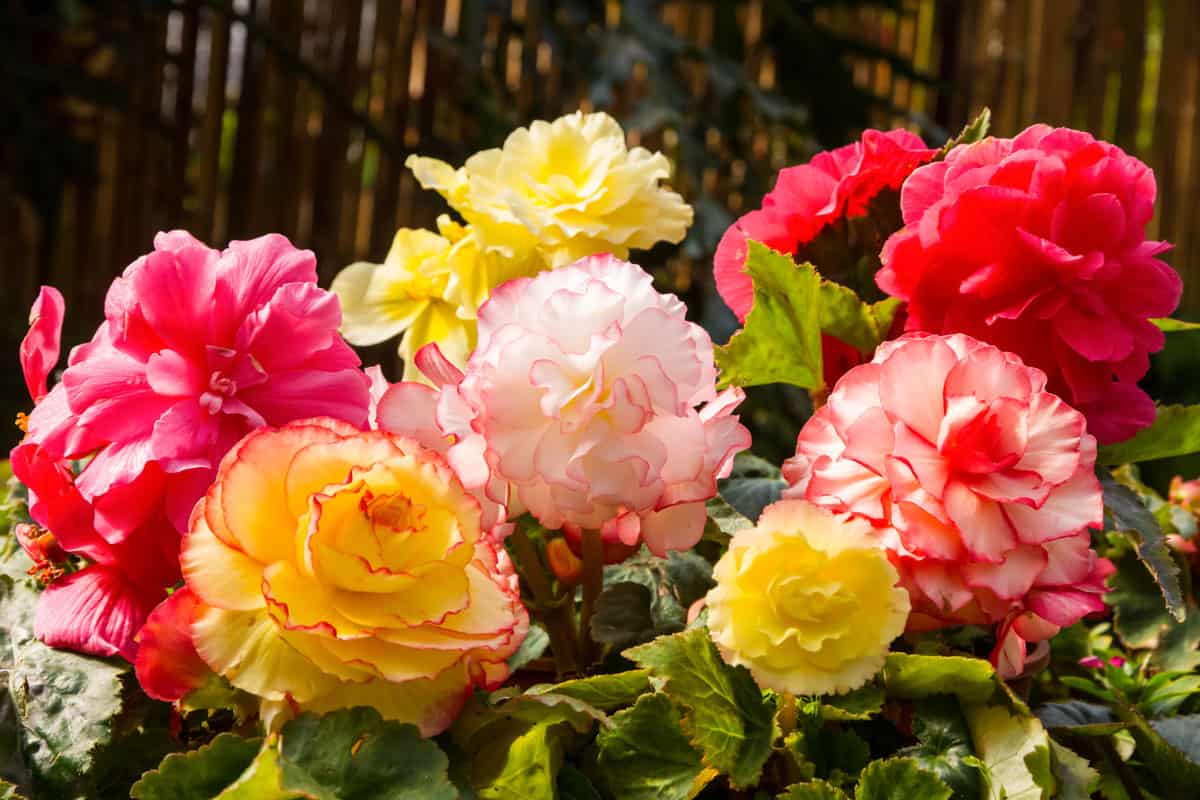
A Begonia's leaves range from vibrant red to pink, making it stand out in any garden. The Begonia (latin: Asplenium) thrives in zones 9-11, but are often used as houseplants. They are smaller plants that will only grow a few feet tall at the most. Planting them can prove to be a little bit of a challenge. These plants do not do well in temperatures under 50 degrees fahrenheit, so leaving them outside in most climates will most certainly hurt them. They also do not need to be in direct sunlight in the afternoons if it is too hot; partial shade throughout the day is best.
10. Witch Alder
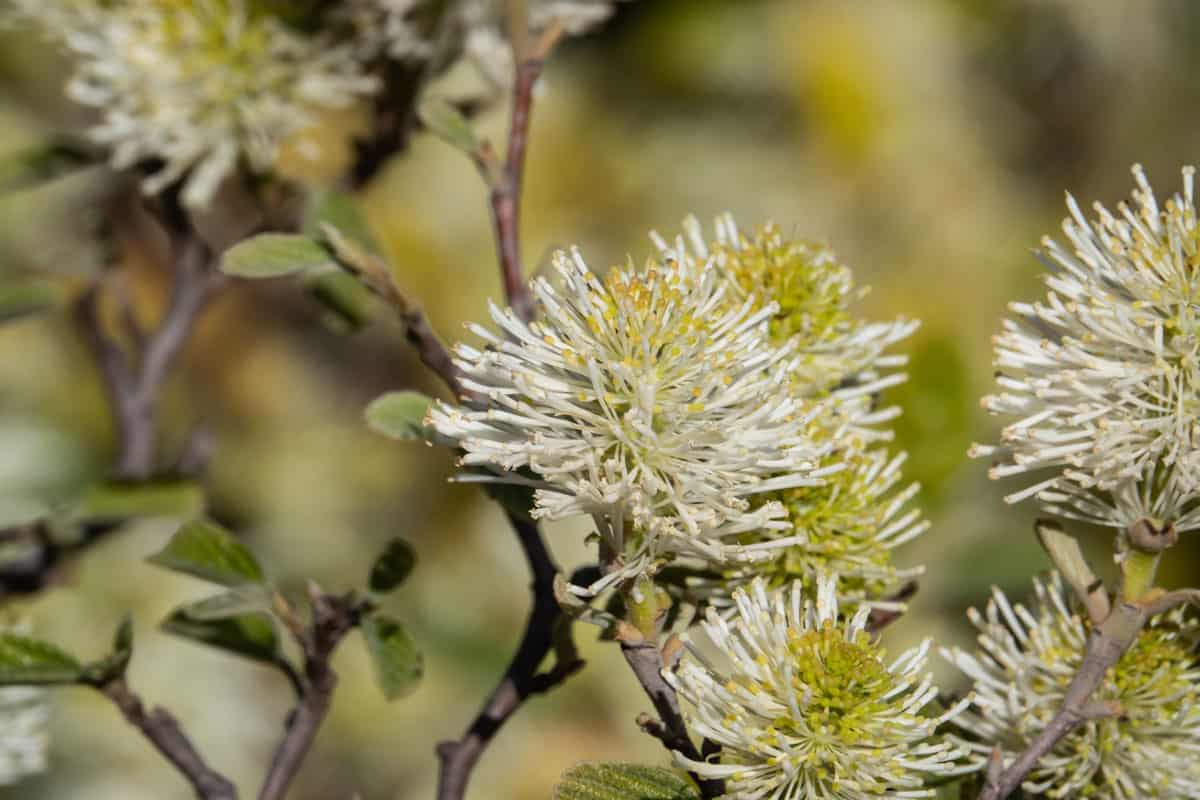
The Witch Alder (Fothergilla) is exceptionally unique bush. Its flowers are long and stringy, making them look like a brush from a distance. Best planted in zones 4-8, the Witch Alder will bloom sometime in April and May, making them the perfect end of summer plant. These bushes can get fairly large, ranging anywhere from 5-10 feet tall and almost the same in width. Originally from the southern part of the US, they now can grow just about anywhere provided there is sun and shade throughout the day and quite a bit of warmth.
11. Japanese Andromeda
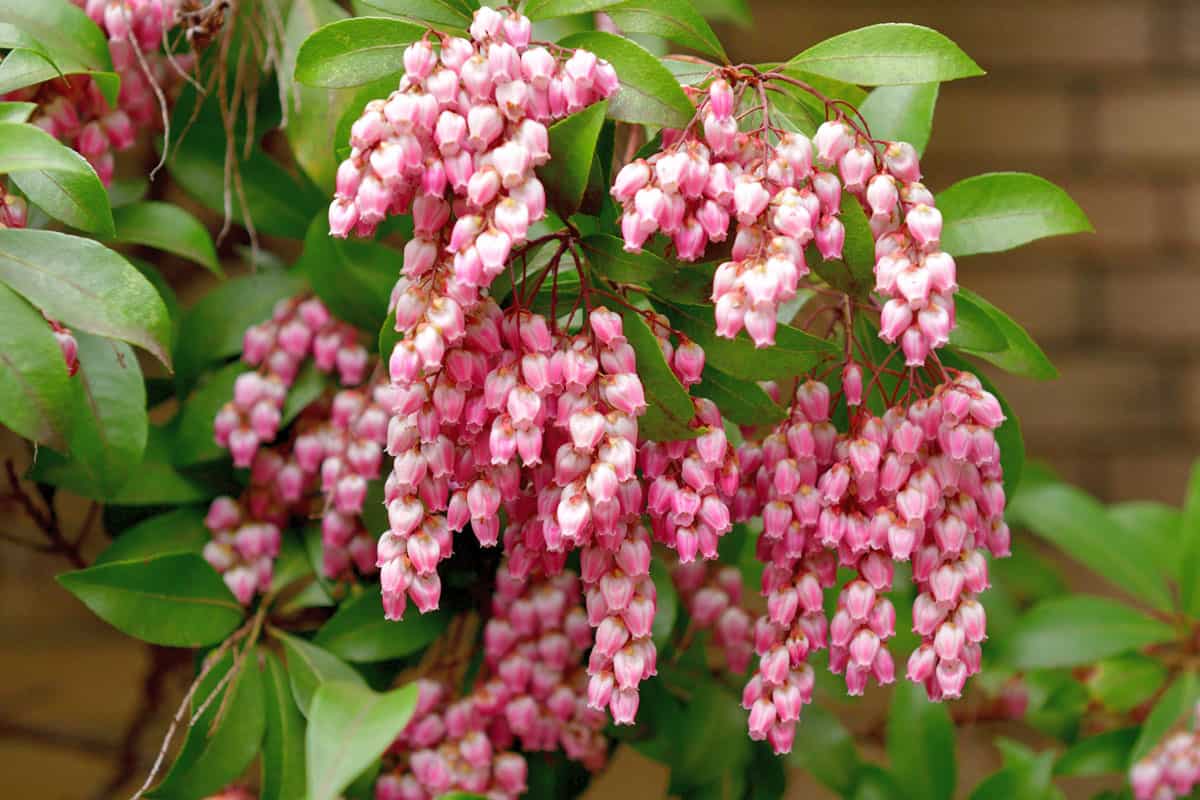
This plant is originally from Japan. Its Latin name is Pieris Japonica. Its branches are long and flowery, hanging down in a drooping fashion. Its colors range from red, to pink, to a bright white. The best zones for these plants are 5-9. These plants love to be on their own, so plant them 6 to 7 feet apart from one another. Because of how far they prefer to be from one another, they can grow to be extremely tall--nearly 10 feet.
12. Caladium

13. Mountain Heather
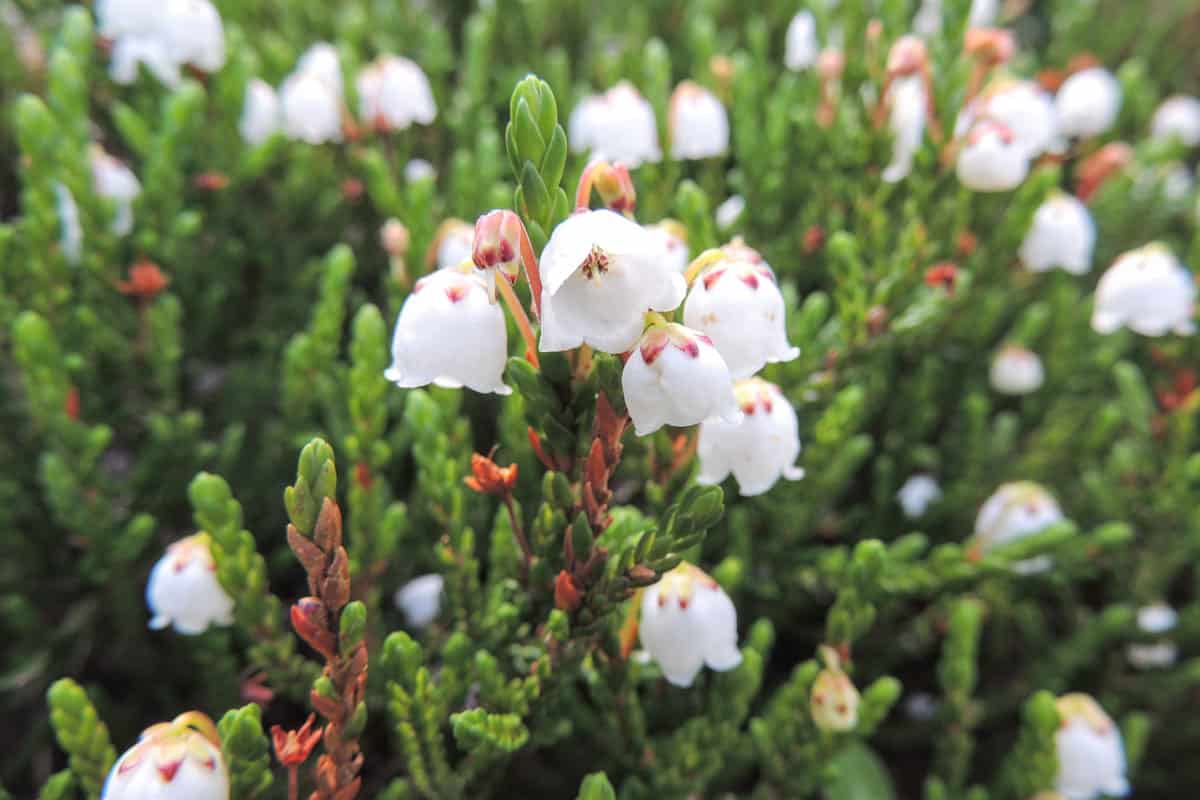
Mountain Heathers (Cassiope) are typically purple-colored flowers found on hilly/mountainous landscape. They spread across areas rather quickly and often reside in large portions of some areas. Most of them bloom in the summer, and should be planted in zones 4 through 6. These plants can grow to be a little over a foot tall, so for the most part they stay relatively small.
14. Daffodil
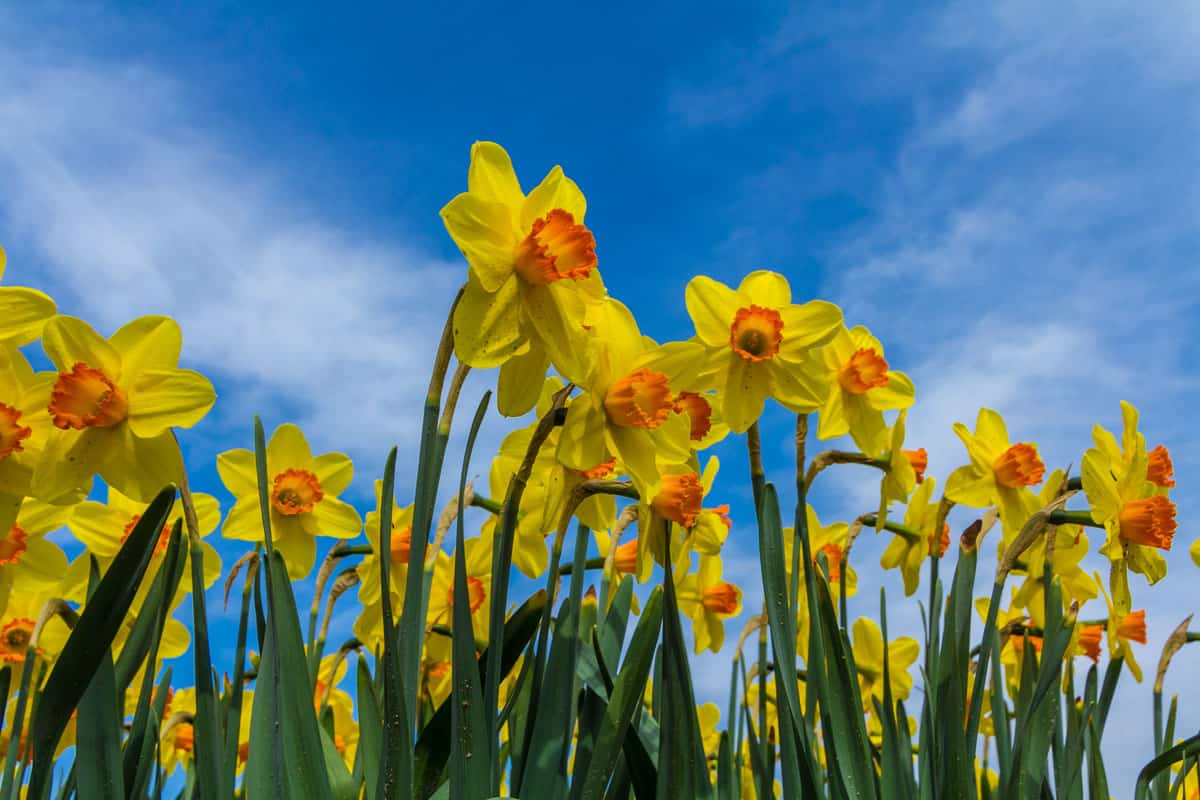
Here is another plant that is well known by almost everybody. Their iconic shape looks like a dozen picked flowers just sticking up out of the ground. Their bright yellow petals make them stand out in any garden. The Daffodil's latin name is Narcissus, which is fitting since its bright colors scream for everyone's attention. They grow best in zone 3 through 8 in only slightly acidic soil. Daffodils also enjoy the sun and a little shade throughout the day.
15. Fern

The Fern (Tracheophyta) is famous for its vivid, green colors and long, wavy leaves. Their size is not condensable to a certain range because they can be as small as a few inches or as large as 25 meters. Ferns are best when they are grown in zones 4 through 8, and live in a shaded area. They do fantastic without a lot of sunlight.
16. Japanese Iris
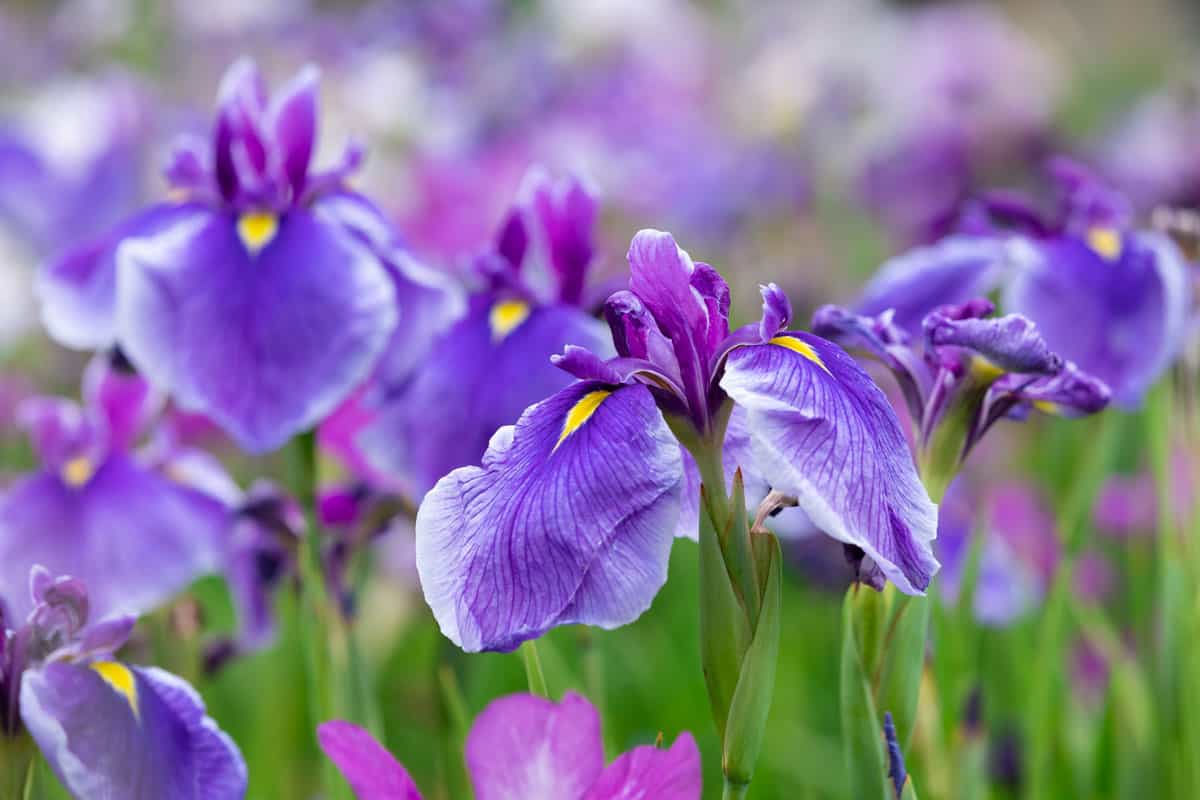
The Japanese Iris (Iris ensata) is one of the most stunning flowers you can have in your garden. The deep purples and blues mixed with hints of yellow make this flower pop. The petals are quite large for the size of the flower, making them gently droop. Their ideal zone is 4 through 9, and love not to be crowded. They need lots of sun and water, but make sure to provide them shade if the afternoon is hotter.
17. Trillium
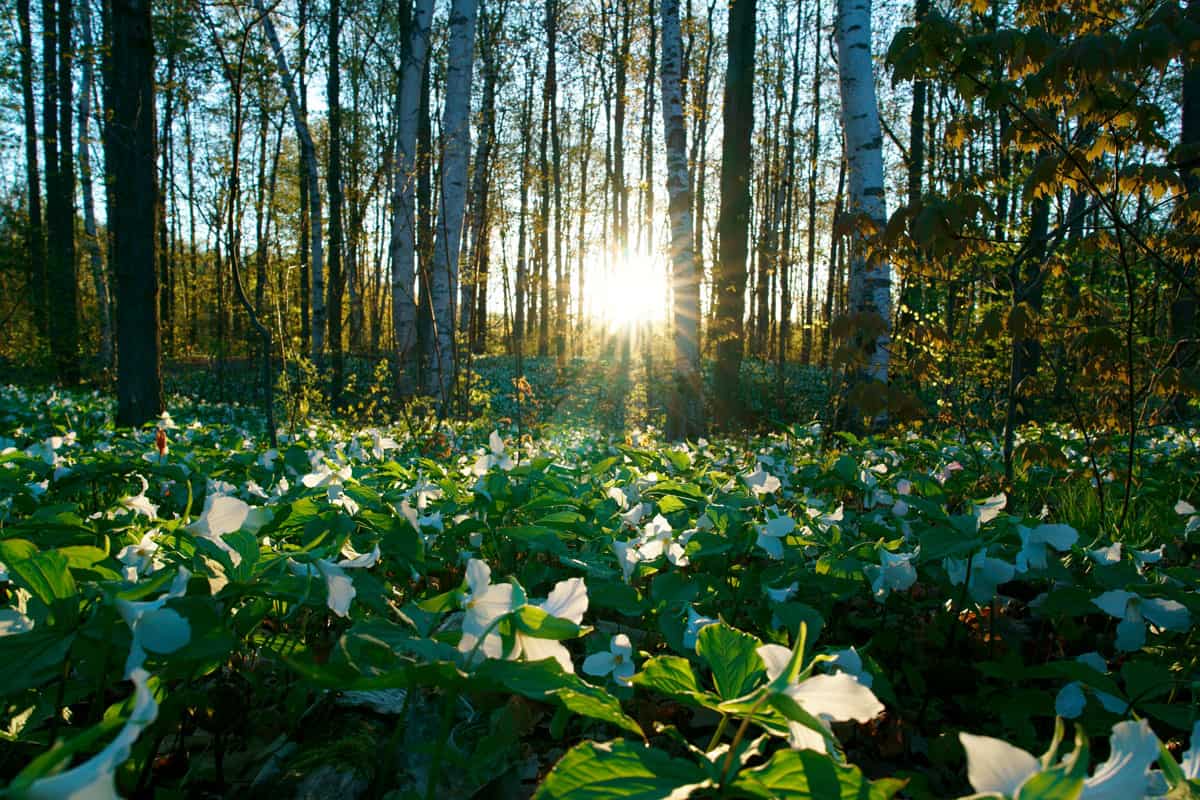
A Trillium (also known as Birthroots) is a smaller flower with three long petals. While the flowers are mostly white, they can also be other colors such as dark red, maroon, or yellow. They belong in zones 4 to 9 and bloom during the late winter and spring time. The yellow Trilliums bloom closer to the end of spring. They can be planted in the same conditions as most of the other plants in this list, and will be a fantastic addition to your garden.
18. Amaryllis
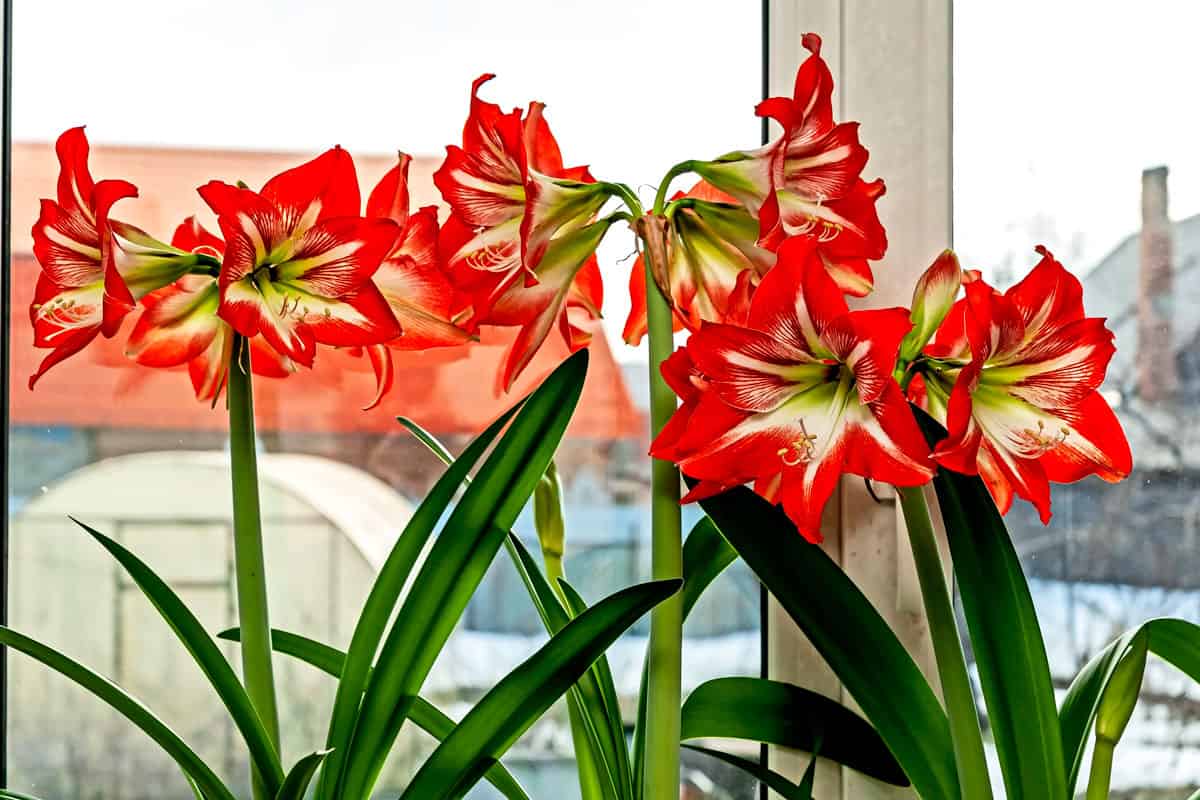
Amaryllis are delightful flowers with very unique patterns. Its color can range from a deep red to white, and even white with red splattered all over it. This flower is made up of several medium sized petals that look similar to those found on Daffodils. Their ideal zone is 9 through 11, although they also make good houseplants. Amaryllis do not like too much water, so be sure to only give it what it needs every day. Too much water can be dangerous for them.
19. Azaleas
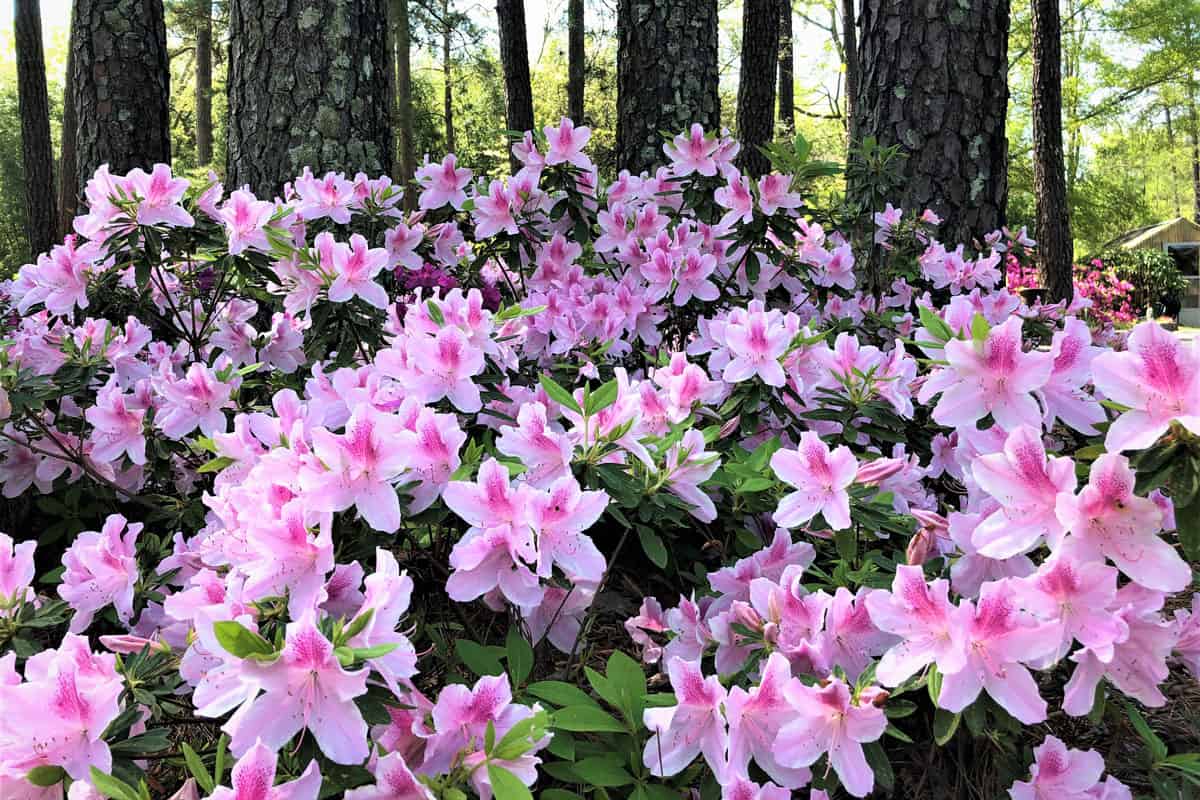
Azaleas are famous for their bright, beautiful colors. They are often planted around people's houses to brighten up the area. The colors can range from light pink, dark pink, soft orange, lavender, white, and more. One important thing to note is that Azaleas do not like the harsh cold. Planting them in a partially sunny location in zone 6-9 helps them thrive.
20. Rhododendrons
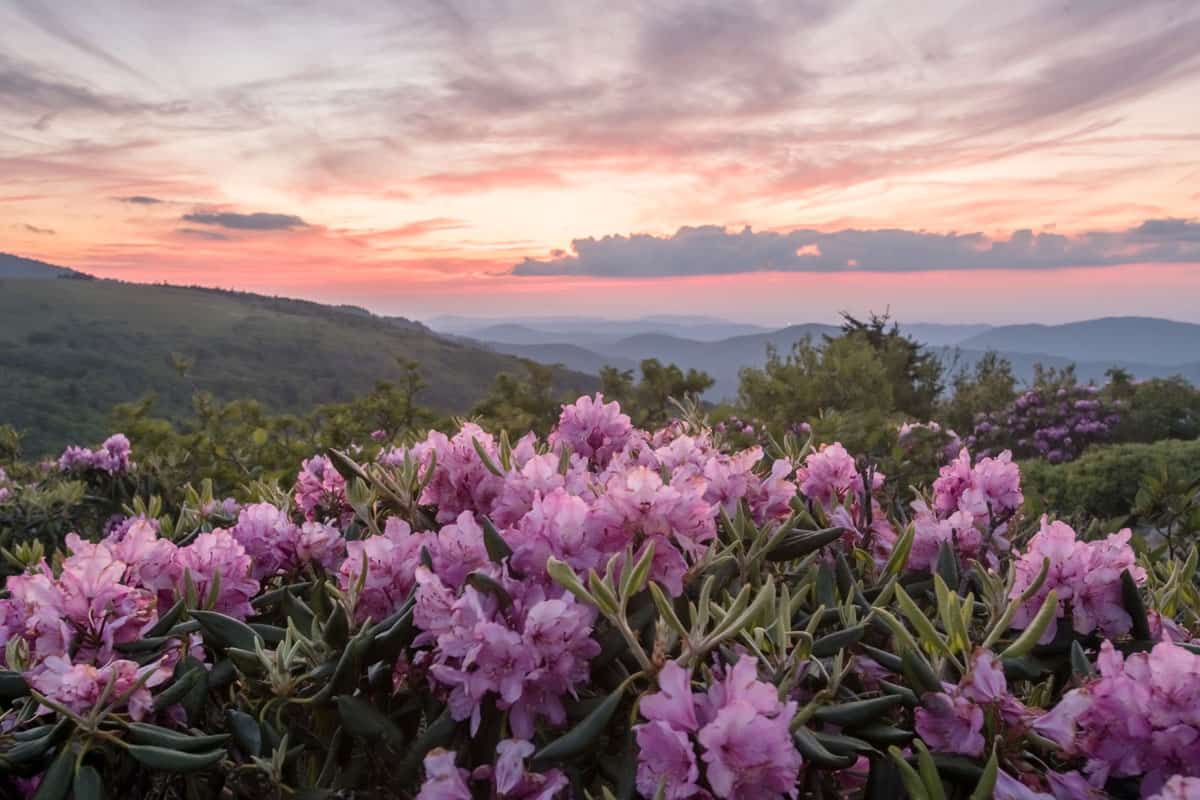
The Rhododendron has as many colors as it does letters in its name. From blues, to purples, pinks, whites and every shade in between, you can turn your garden into something special. These flowers are smaller and rounder than most. Its large number of tiny petals on each flower give it a fluffy look. These plants love water, so rainy places are good for them and they thrive in zones 5-8.
21. Aster
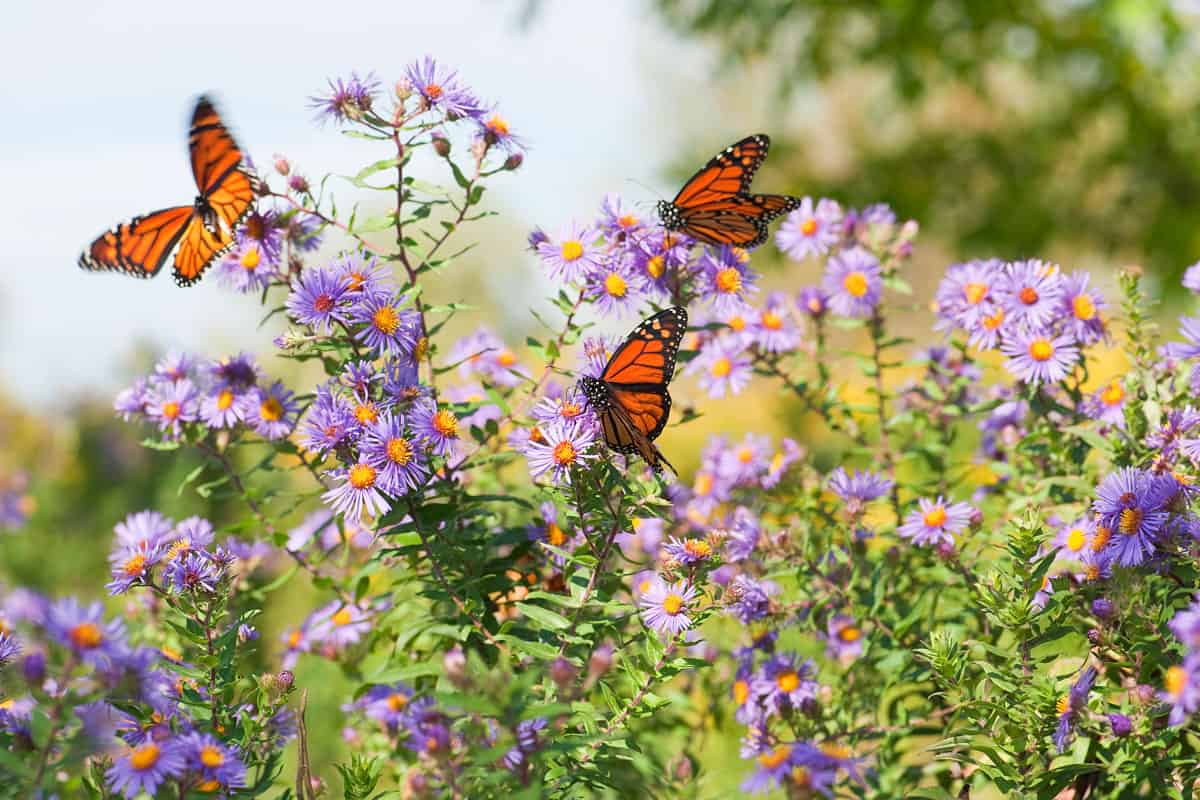
The Aster (short for Asteraceae) is very similar to the Daisy in that it has a big yellow center with long, thin, flat petals stretching out like sun rays. Their color is where they standout, as they are often vivid shades of purple, light pink, and darker pink. They do best in the cooler part of summer, as they do not like heat. Asters also love the rain, so make sure they are not completely covered all day. The best zones for this is 3-8.
22. Arugula

Arugula (Eruca vesicaria) is one of the only edible, acidic-loving plants on this list. They grow in green colors similar to spinach, and their long leaves make distinguishing them fairly easy. Arugula plants should be planted sometime towards the end of summer so you can harvest them in the winter. Arugula are able to thrive in many different zones, anywhere from 3 to 11. Just make sure you water them regularly and keep them out of the heat of the afternoon.
23. Bayberry
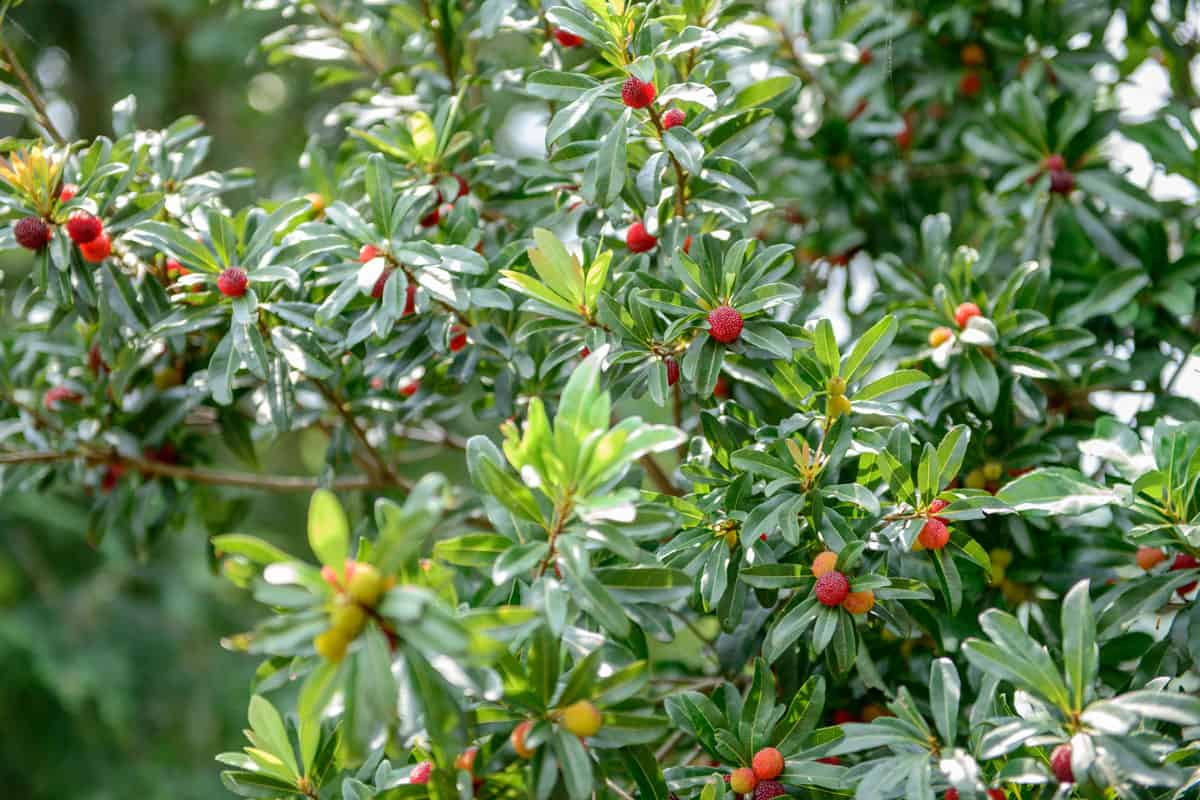
The bayberry (Morella pensylvanica) is a common plant found in sandy areas, and can be used for many different medical reasons. Its long green leaves make the shrub look dense and full of life. They do best in zones 3-7 enjoy the sun a lot. You will find them growing in rougher terrains such as clay, sand, and dry areas, so you do not need to worry much about planting them in what would usually be considered a bad area.
24. Astilbe
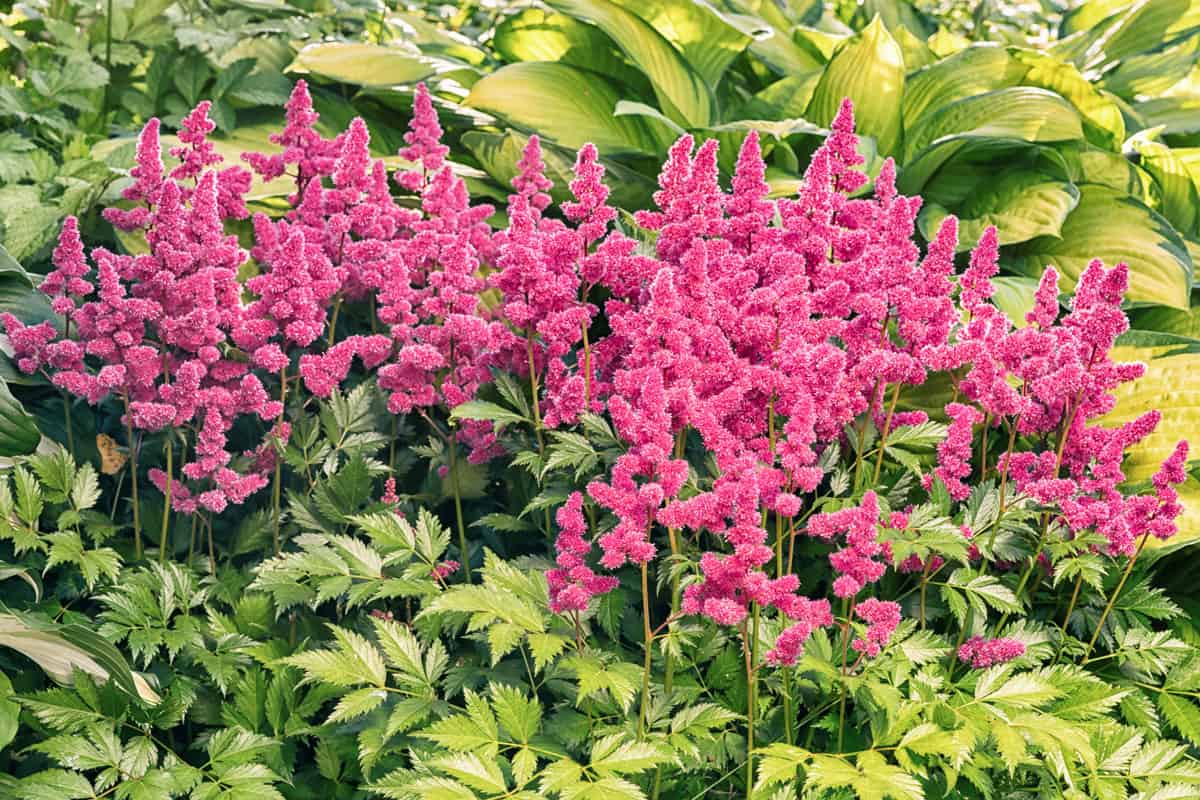
The Asilbe is also known as the False Goat's Beard because of its appearance. It's tall, thin clusters of foliage give it its unique look. You can find Astilbe in pink, white, red, purple, and more. Another reason they are popular is their ability to grow in shady areas. A lot of sun is not required, as this is where they love to be. Watering them a lot, less often, is the best way to keep them hydrated. Astilbe does well in zone 3-8.
25. Hosta
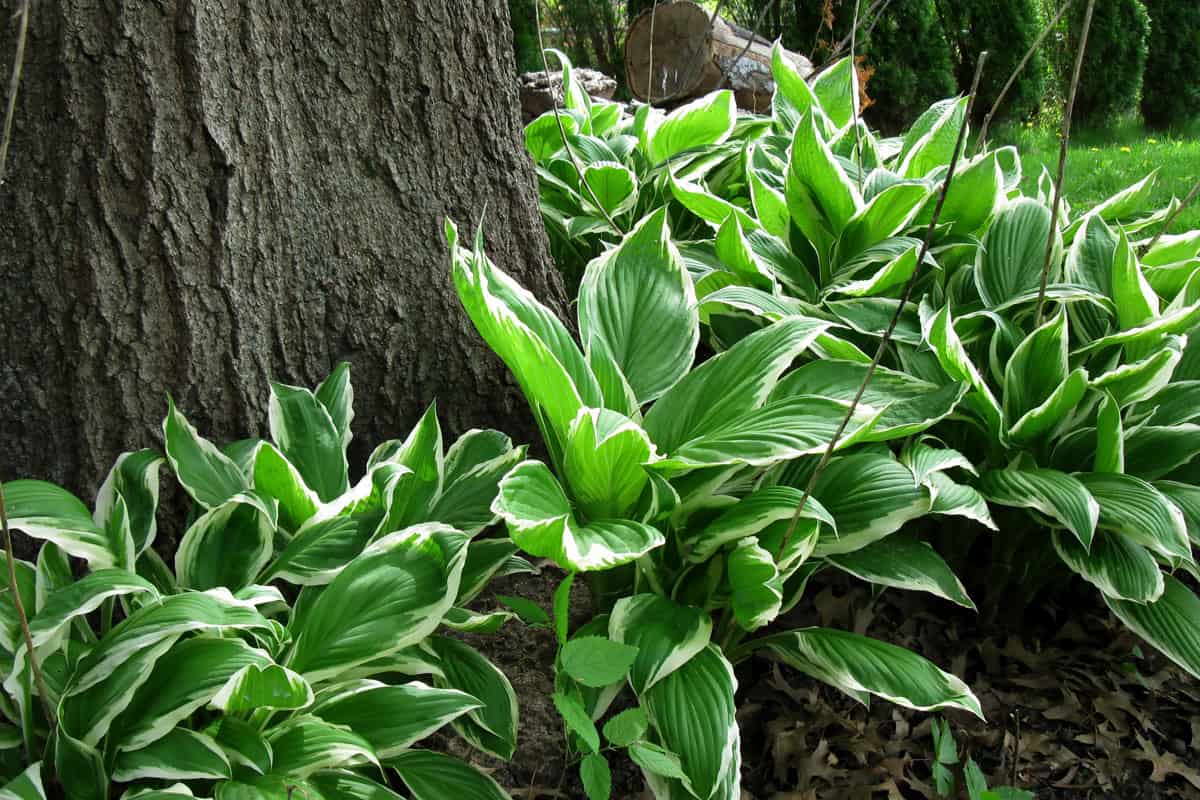
Hostas (Plantain lilies) are large-leafed plants that look similar to elephant ears which live in zones 9 and 10. While their primary color is green, they can be other colors such a blue. They also can have patterns of white and other colors in them and can bloom flowers that look similar to honeysuckles. Be sure to give them an average amount of water on top of sun and shade throughout the day.
26. Huckleberry
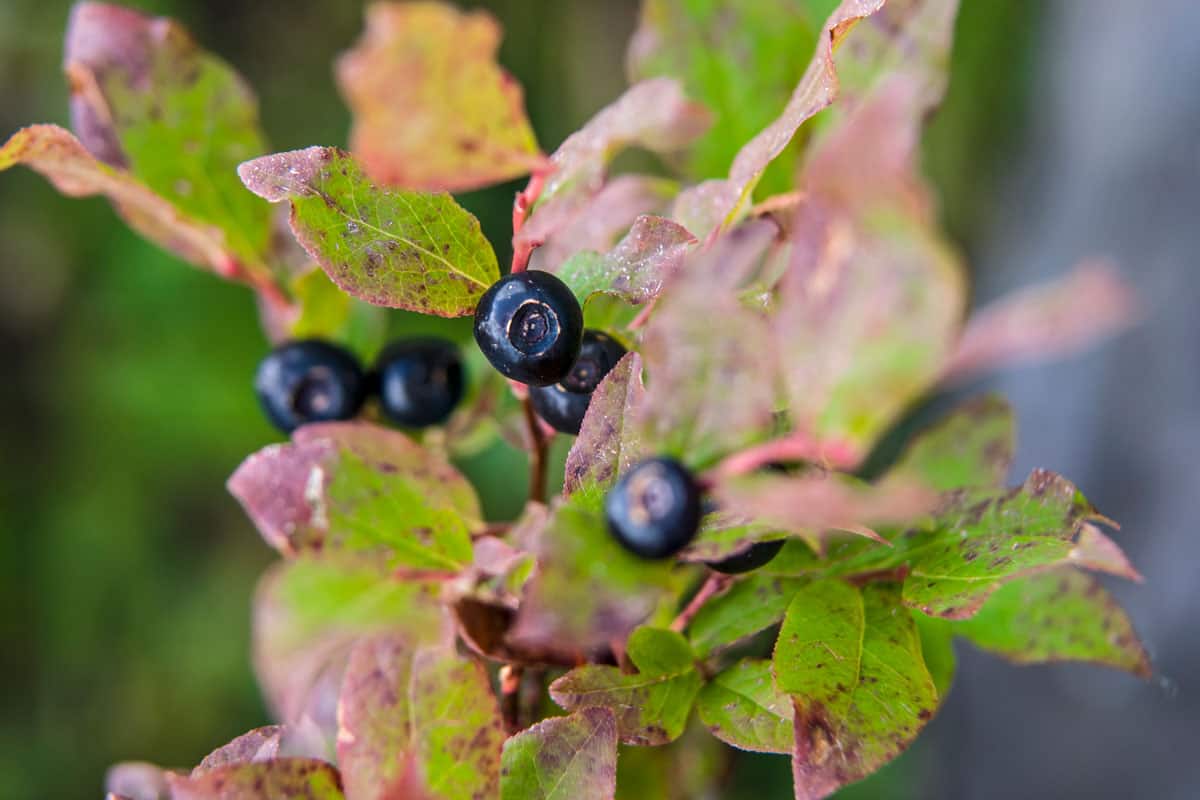
The Huckleberry (Vaccinium membranaceum) is another widely known, acidic-loving plant that you can eat. Like the blueberry, Huckleberry plants grow small blue berry clusters that can be harvested and consumed. Not all of them are blue, some other types of Huckleberries come in red as well. They thrive in zones 7-9. These plants should be watered regularly and left in the sun with partial shade if possible sometime in the afternoon.
27. Inkberry
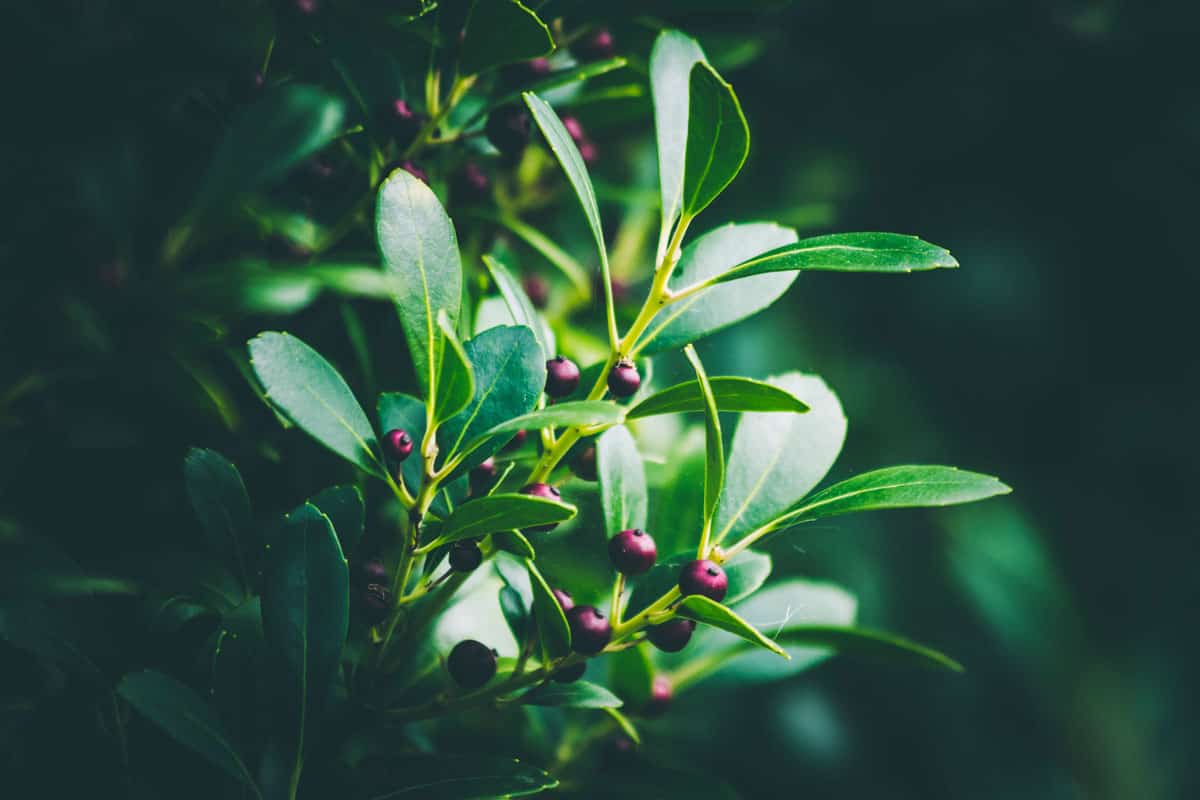
Inkberry (Ilex glabra) plants do not look the way the name suggests at first glance. They are medium-sized bushes with small black berries hidden inside. These berries are not to be consumed as they contain harmful toxins in them. Their toxicity depends on their level of maturity. These plants are best grown in zones 4-10, meaning they can thrive in many areas. These plants are easy to take care of as long as you put them in a sunny area and keep them well-watered. They enjoy moisture.
28. Hibiscus
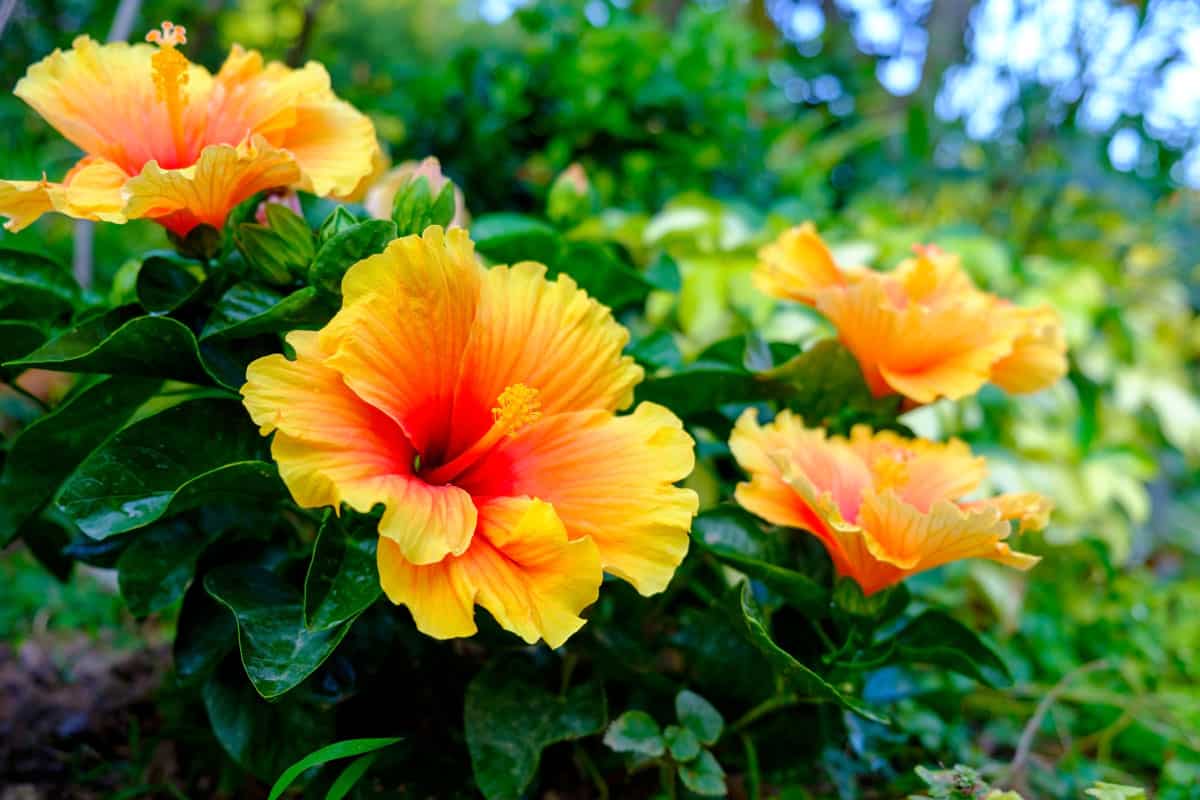
The Hibiscus plant is a colorful flower with a long stem coming out of the center. It has a plethora of colors ranging from Red, yellow, pink, orange, white, blue, and a mixture of more. They are best when they get direct sunlight as well as some shade, and also get plenty of water. It is often used to make teas, as well as provide relief to pains and aches. This flower has tons of versatility.
29. Juniper

Junipers (Juniperus) look like shrubs the size of trees. While they are not always tall, many of them are pruned to grow 10 feet high or more. They come in many varieties--some look like trees and others look like shrubs or potted plants. They work best in zones 2 through 9, so there is a large window to work with. Junipers need to be watered regularly, but you must make sure the water drains well. They also need lots of sun with some shade throughout the afternoon for them to be the healthiest.
30. Lily Of The Valley
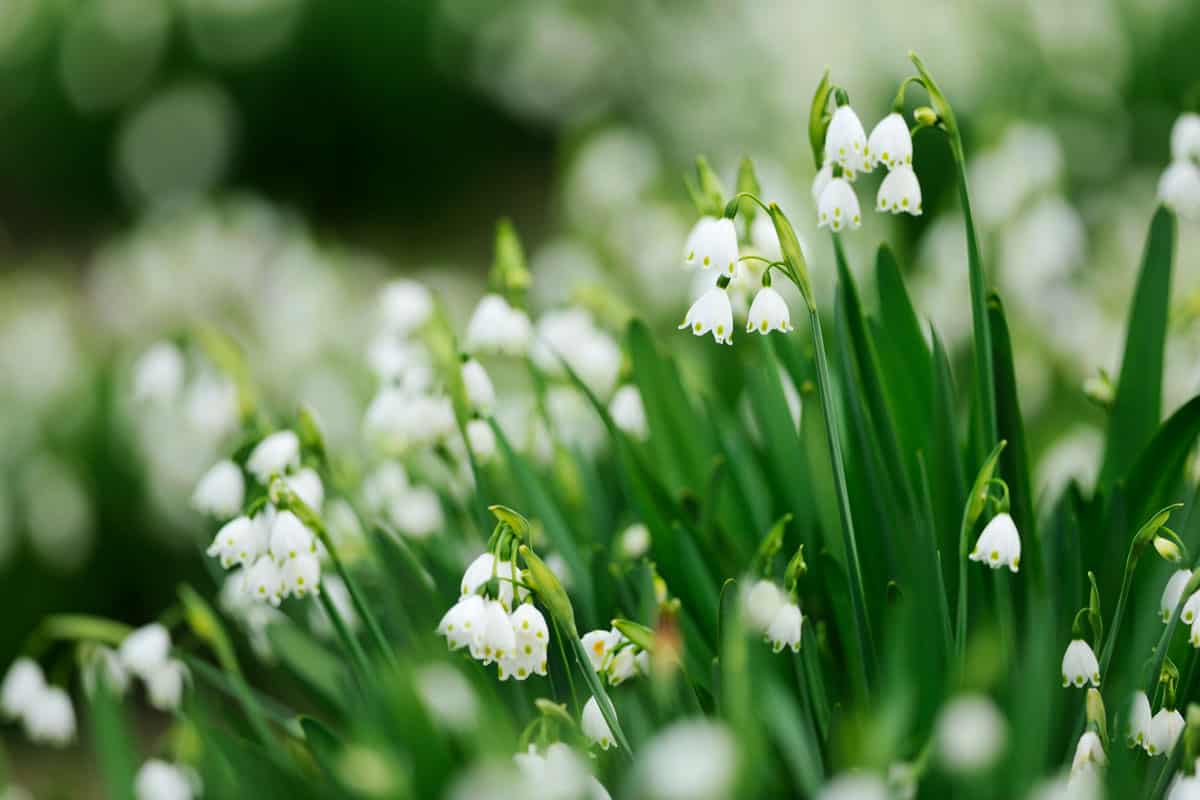
The Lily Of The Valley (Convallaria Majalis) is a quant, little flower that is shaped like a bell. Be warned: these plants are extremely poisonous and should never be consumed. They grow in shiny leaves that are long and flat; similar to banana leaves except much thinner. They need to be in zone 2-9 in order to properly grow. This plant, like many others in this list, requires little care as it needs partial sun throughout the day and regular watering. Not much else needs to be done.
31. Mahonia
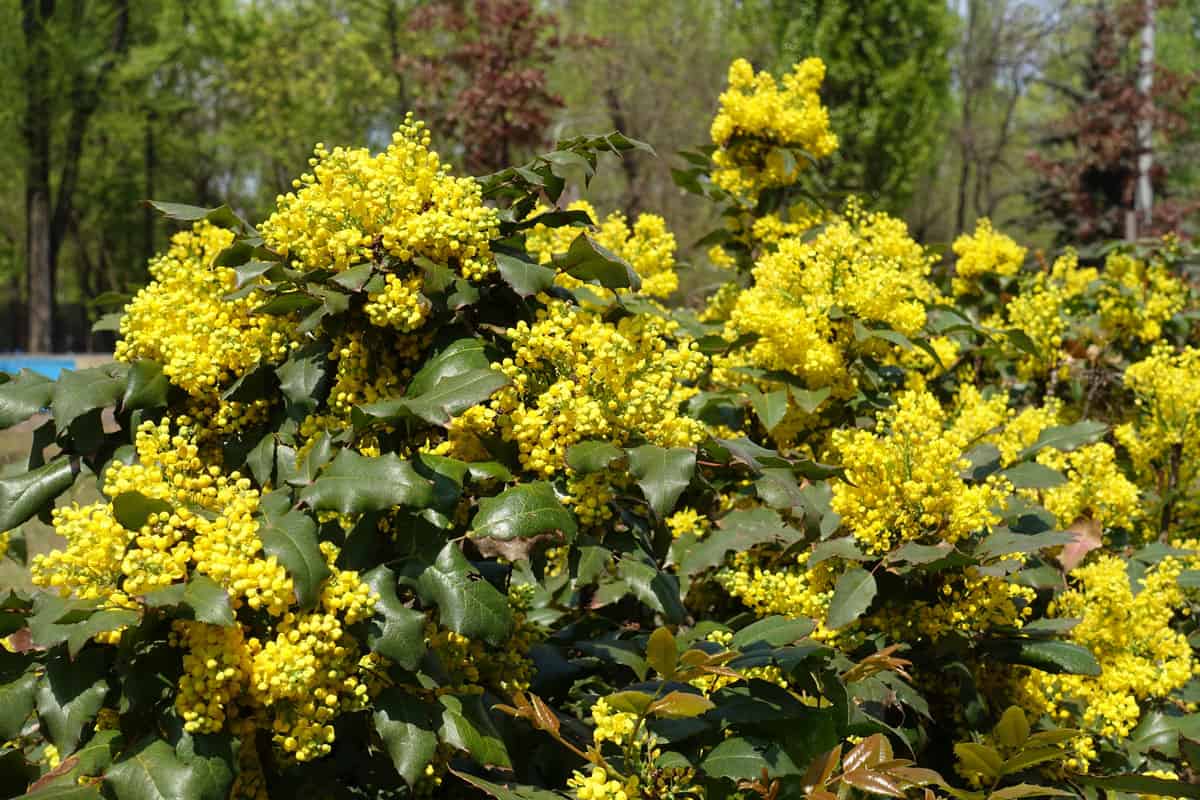
These eclectic plants come in many different types. Mahonia has about 70 different evergreen shrubs. Some have berries, others have tall stems of flowers, but almost all of them are known by their evergreen leaves. They belong in zones 5-9 and do well in moist soil and partial sunlight. One of the best parts of owning a Mahonia is the fact they are in season year-round. These are great low-maintenance plants for your home!
32. Mountain Ash
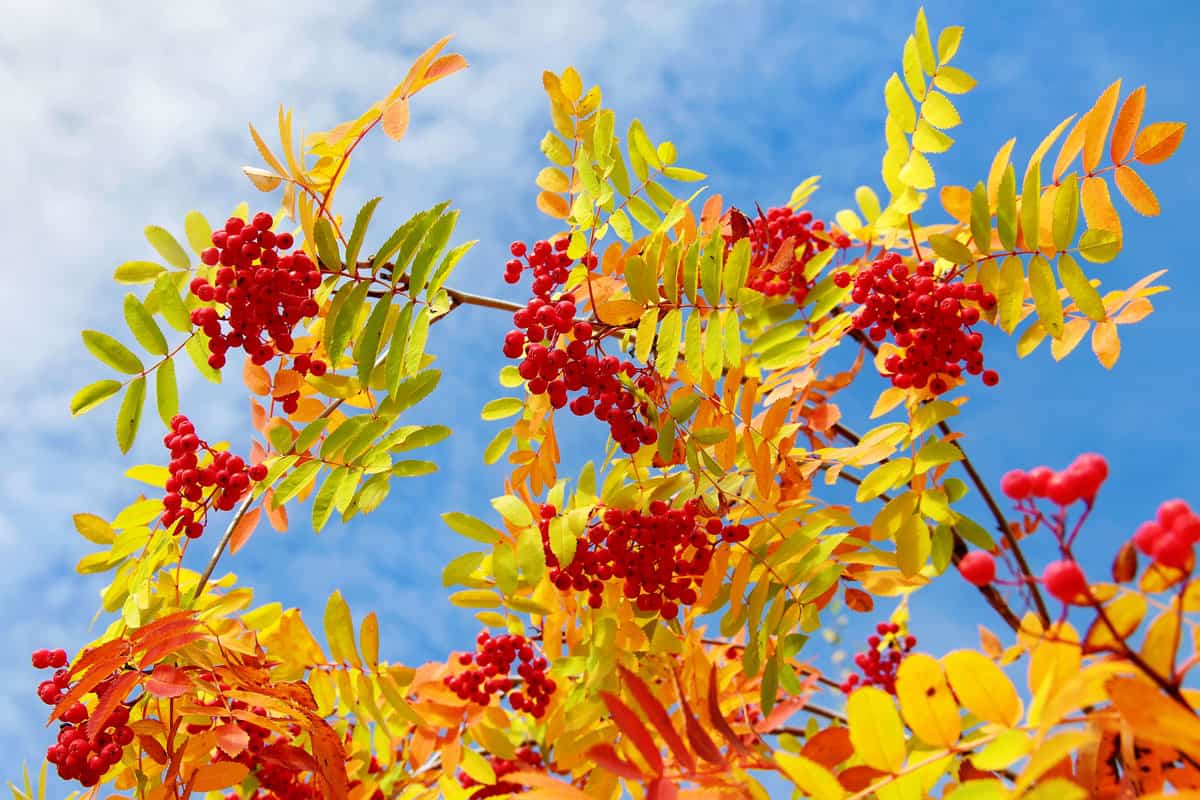
Mountain Ash (Sorbus) is more commonly known as Rowan. These plants are medium-sized trees that grow bushels of red berries. These berries are not meant for humans. They are poisonous. Consuming these berries can cause vomiting, diarrhea, headaches, or worse. Mountain Ash trees grow best in partial sun with plenty of water in zones 3 through 5.
33. Oak
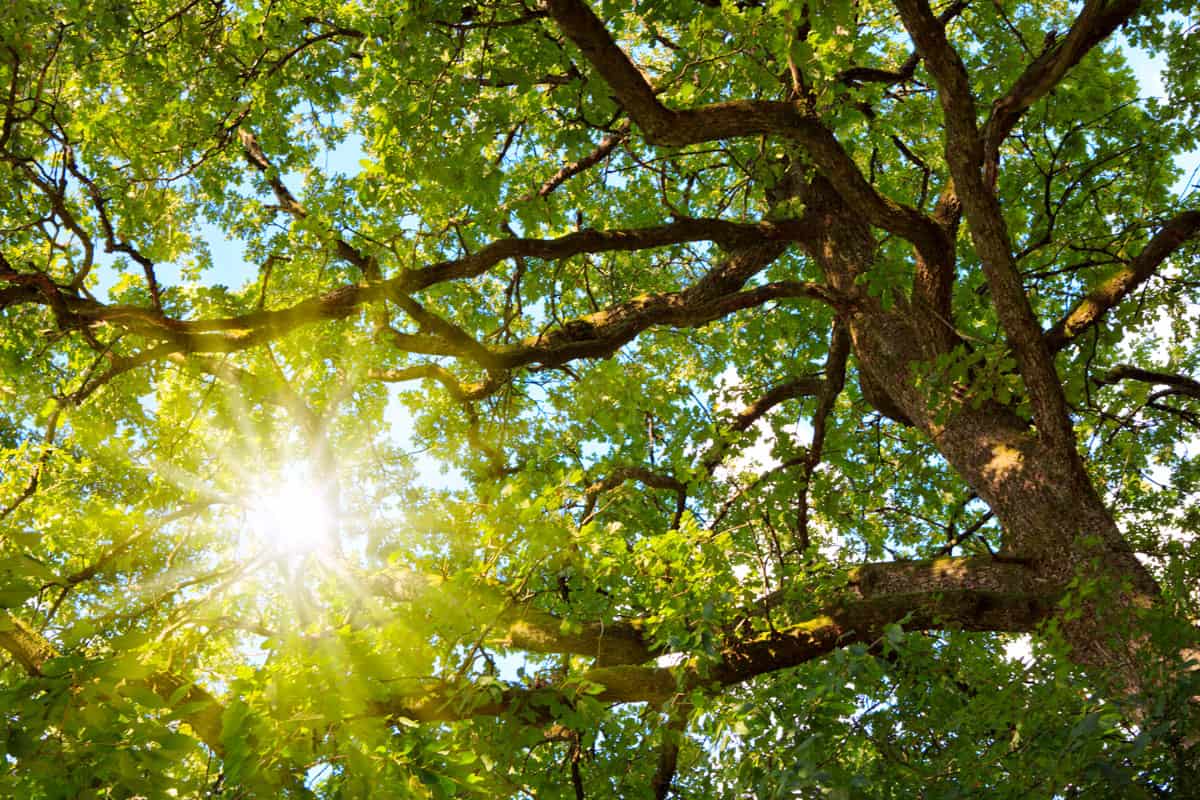
Oak trees (Quercus) are one of the most common trees in North America. Their green leaves and beautiful bark can be seen in zone 3-5. They do best in average conditions: partial sun and regular watering. Planting oak acorns should involve careful consideration. While it will take many years, Oak trees grow to be some of the biggest trees in the world with a lifespan of over 150 years.
34. Pachysandra
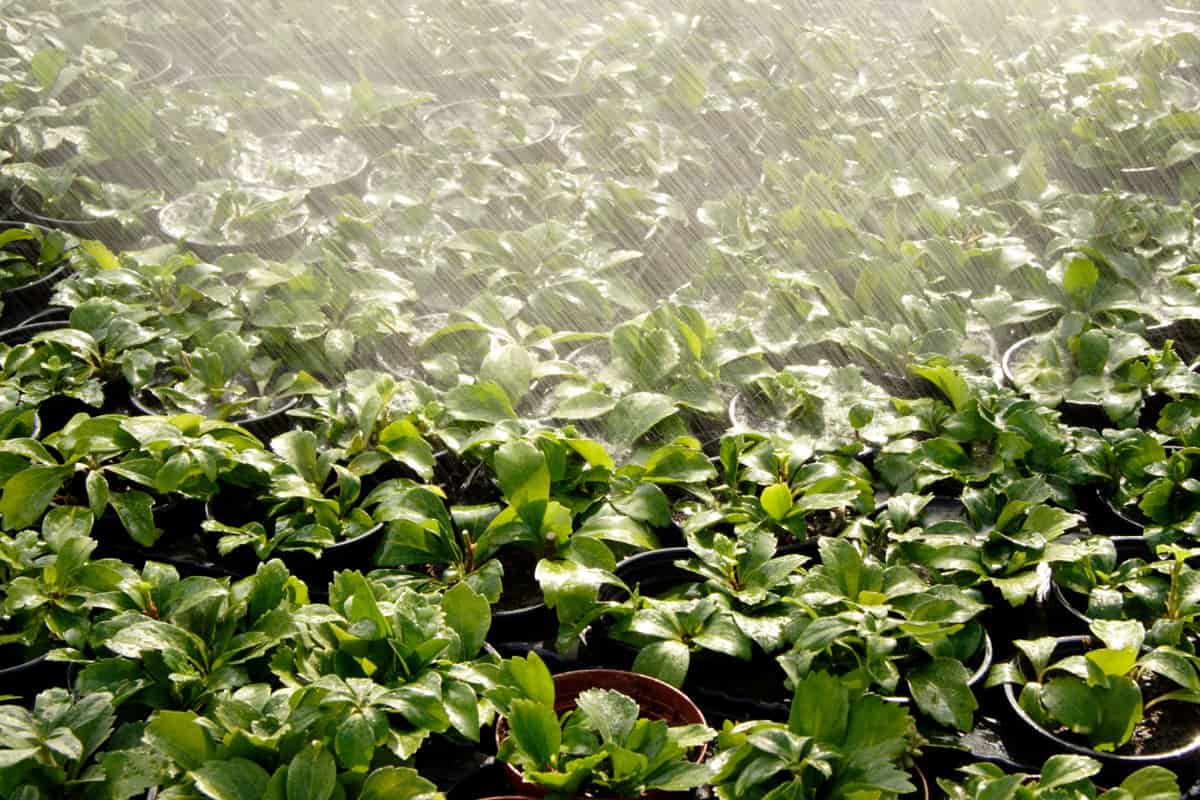
This family of shrubs is made up of five different evergreens. Most of the time these shrubs stay low to the ground and have smaller leaves. Some of the shrubs grow little white flowers, but for the most part they are made up of their evergreen leaves. They thrive in zones 4-7, but need to be carefully tended to for weeds since they are smaller plants and can be choked out easily. Sunlight and regular watering is also great for these plants. Overall, they require minimal care.
35. Phlox
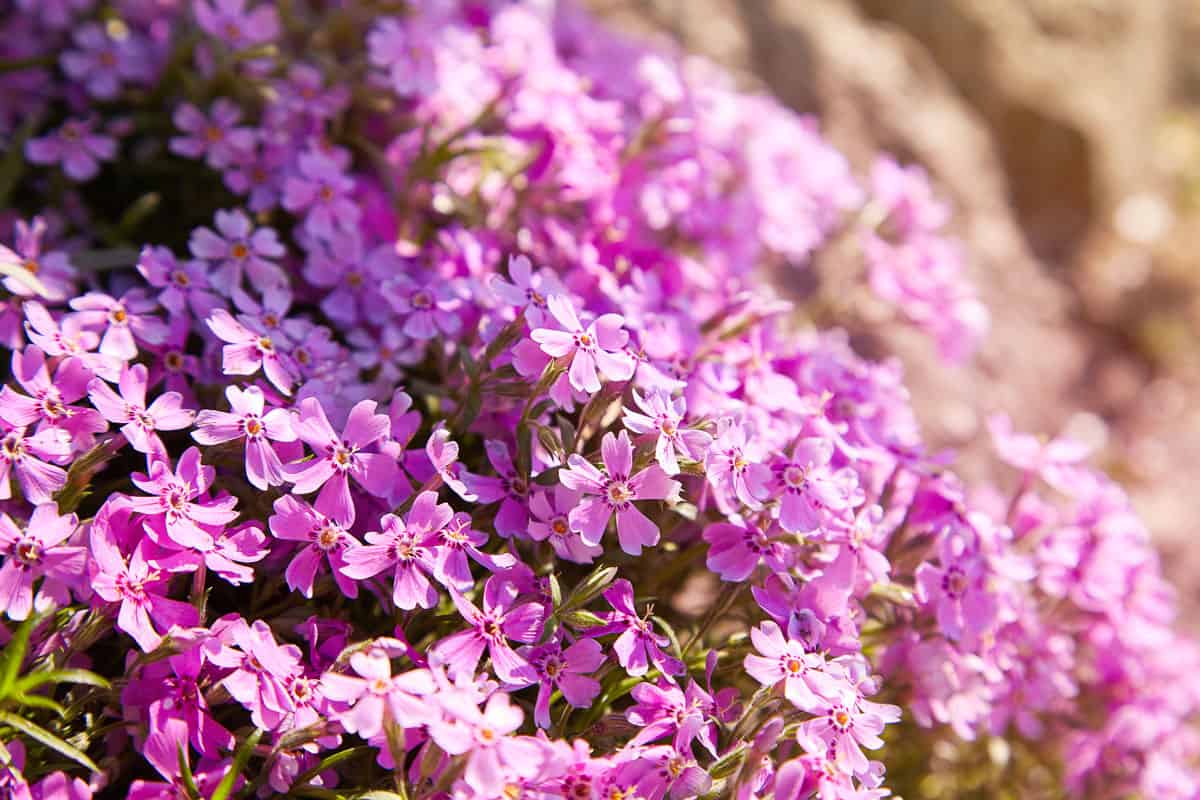
Phlox is a genus made up of vibrant, colorful flowers. The colors come in lavender, pink, purple, white, orange, and more. Phlox are typically made up of tons of tiny flowers, which explains why they are so popular. They can act as a blanket of color on any garden. These plants belong in zones 4-8 and require a minimal amount of work besides watering and placement to ensure contact with sunlight.
36. Pine
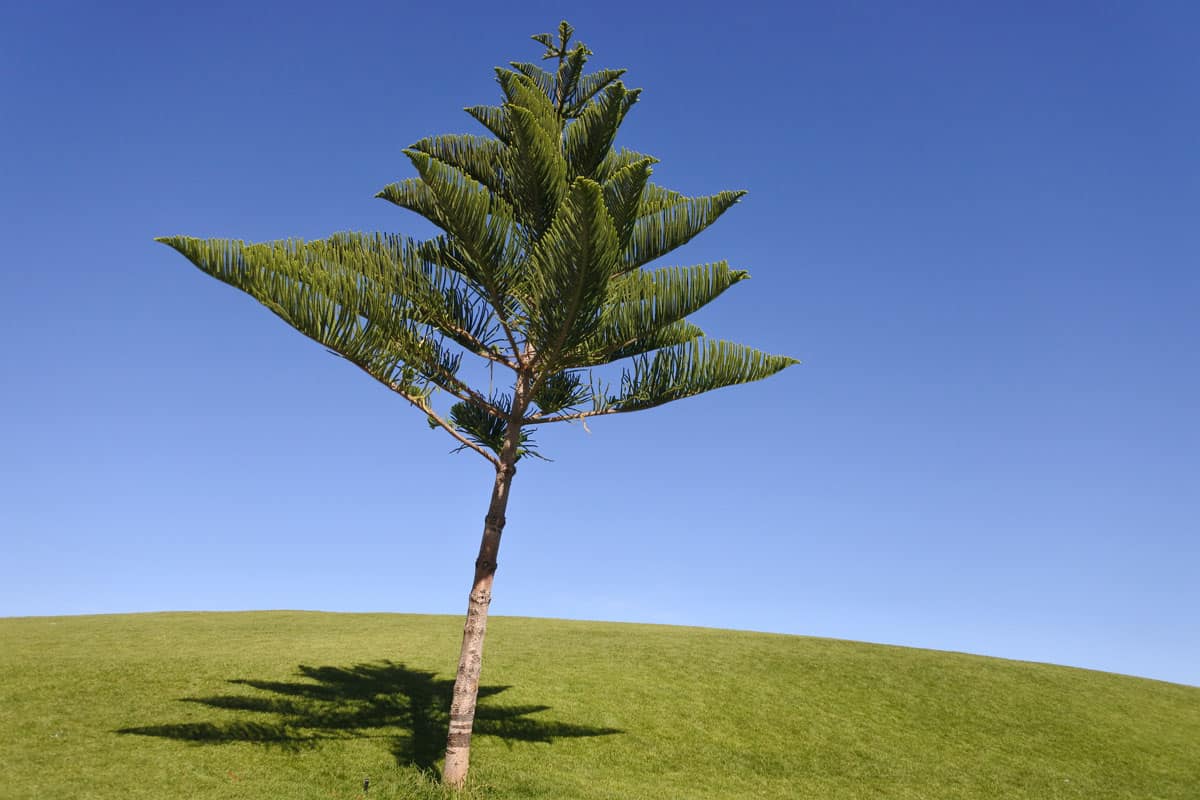
Pine trees (Pinus) are also some of the most common trees in America. Places such as East Texas is filled to the brim with pines. They are well-known for their distinctive needles and pine cones. These cones are prickly and often the size of a tennis ball. They grow in zones 8 and below, with some being able to grow in zone 9. With most of them growing in the wild, pine trees do not need hardly any upkeep when they get bigger. They thrive in the heat and usually only need rain water to survive.
37. Pieris
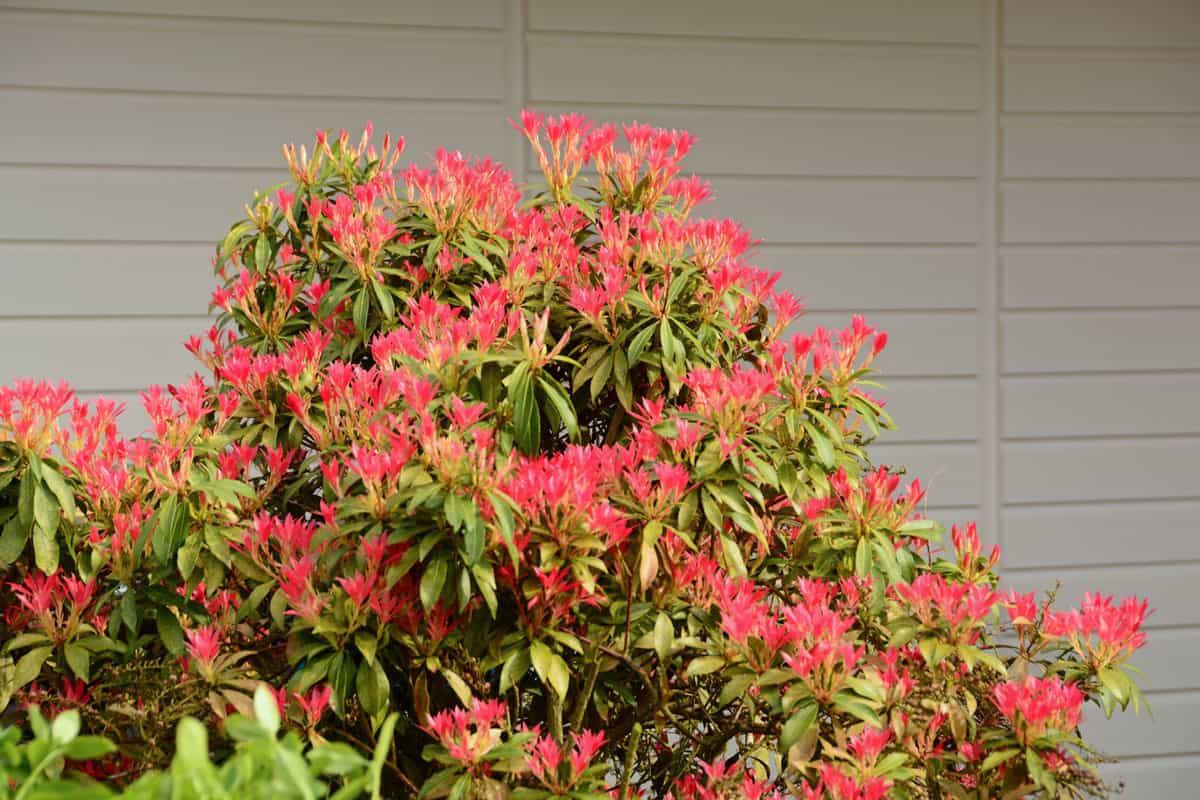
Pieris plants grow very uniquely fruit. A lot of Pieris grow clumps of round berries that are shaped like stars. Others grow little flowers shaped like bells. These colors range from red to white, lavender, and more. They are best in zones 5-8. Like most Ericaceous plants, they require partial sunlight throughout the day and watering. Other than that, they are another easy plant to take care of.
38. White Cedar
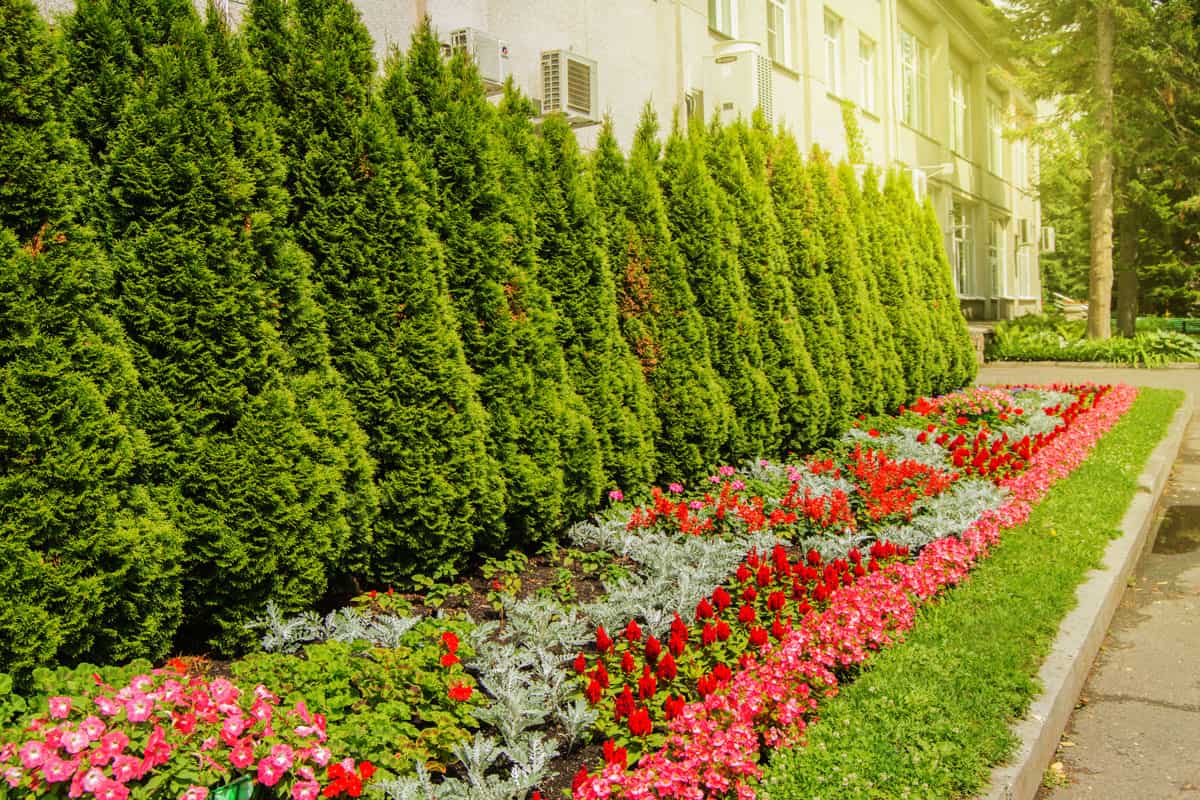
The White Cedar (Thuja Occidentalis) is a medium-sized tree with green foliage, despite what the name implies. There are no white leaves in this tree. Cedars are known for their prickly thin stems that encase the tree. This is another tree often seen in the wild, so it does not require a large amount of upkeep. White cedars live in zone 3 through 8 and can survive in sand, clay, and places with less sunlight.
39. Witch Hazel
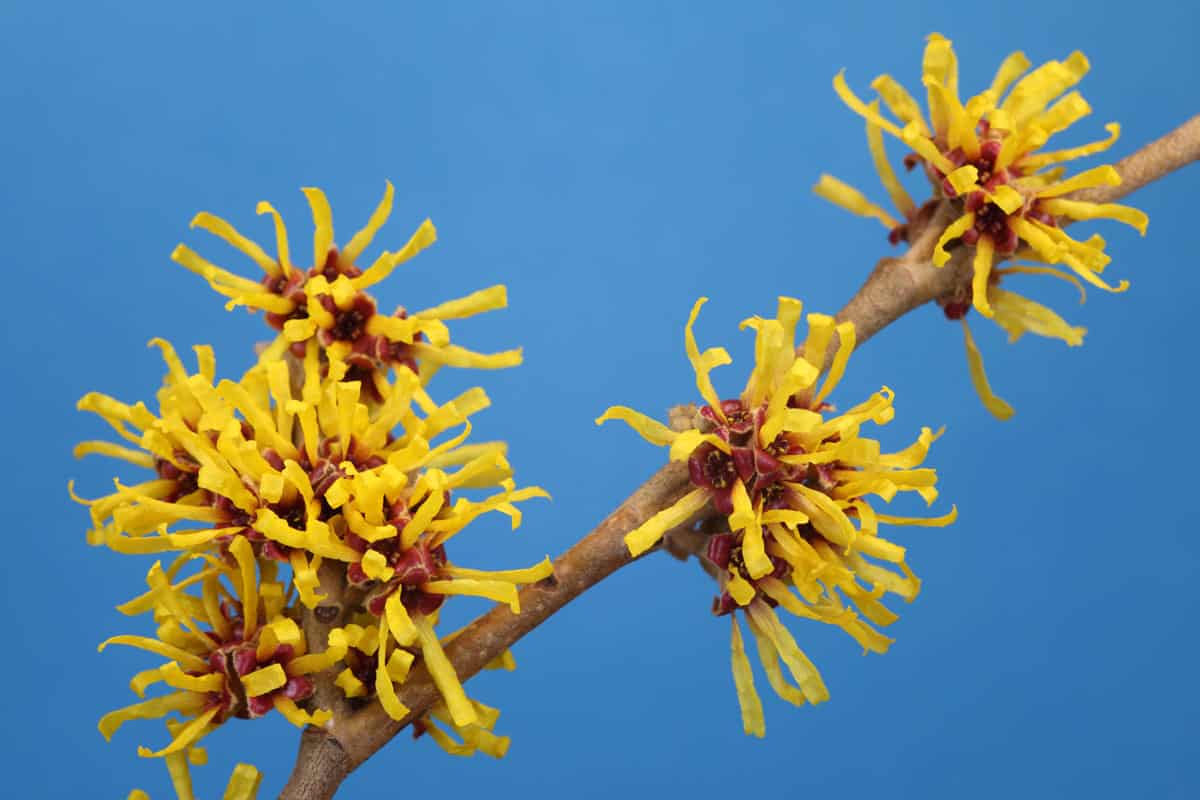
Witch Hazel (Hamamelis) is thin shrub or tree that commonly has yellow or green leaves. Its rounder leaves make for a unique look when paired with the skinny nature of the tree itself. These trees are common in North-East America in forests and wooded areas. They typically do not grow very tall, but some can reach a few feet. Common in zones 3-9, these trees only require watering. They do well in partial shade or really sunny areas.
40. Wood Sorrels
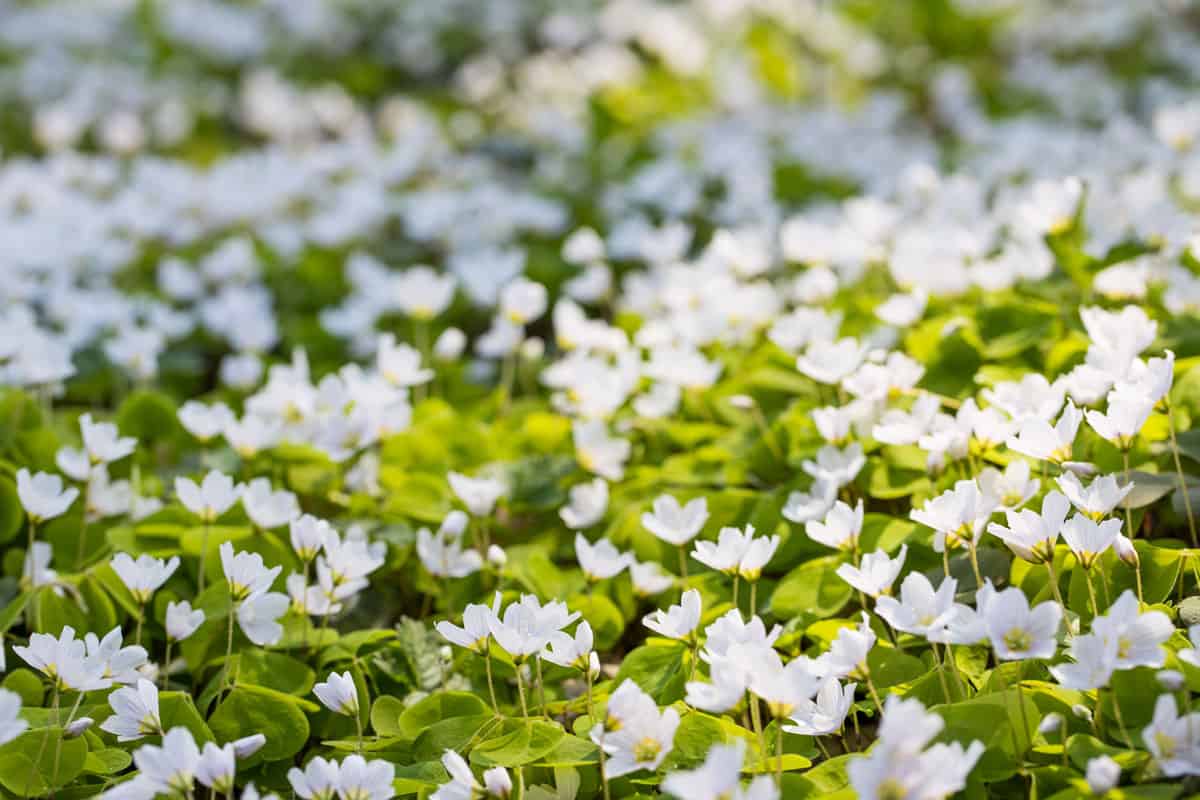
Wood Sorrels (Oxalis) are smaller, more delicate shrubs that are found in wooded areas. Its leaves look similar to 3-leaf clovers, except there is a tiny, yellow flower that will mostly grow out of each stem. These plants exist is zones 3 and 4 mostly, and do not require much attention other than occasional watering and sunlight.
41. Mountain Laurel

Mountain Laurel (Kalmia latifolia) shrubs grow some of the most shockingly beautiful flowers in the world. These cup-shaped flowers are typically seen in white, pink, or red with patterns that burst with color. These plants can grow in zones 4-9 and can get anywhere from 3 to 6 feet tall. These shrubs require normal watering and good, acidic soil. They don't do well in clay or sand.
42. Leucothoe
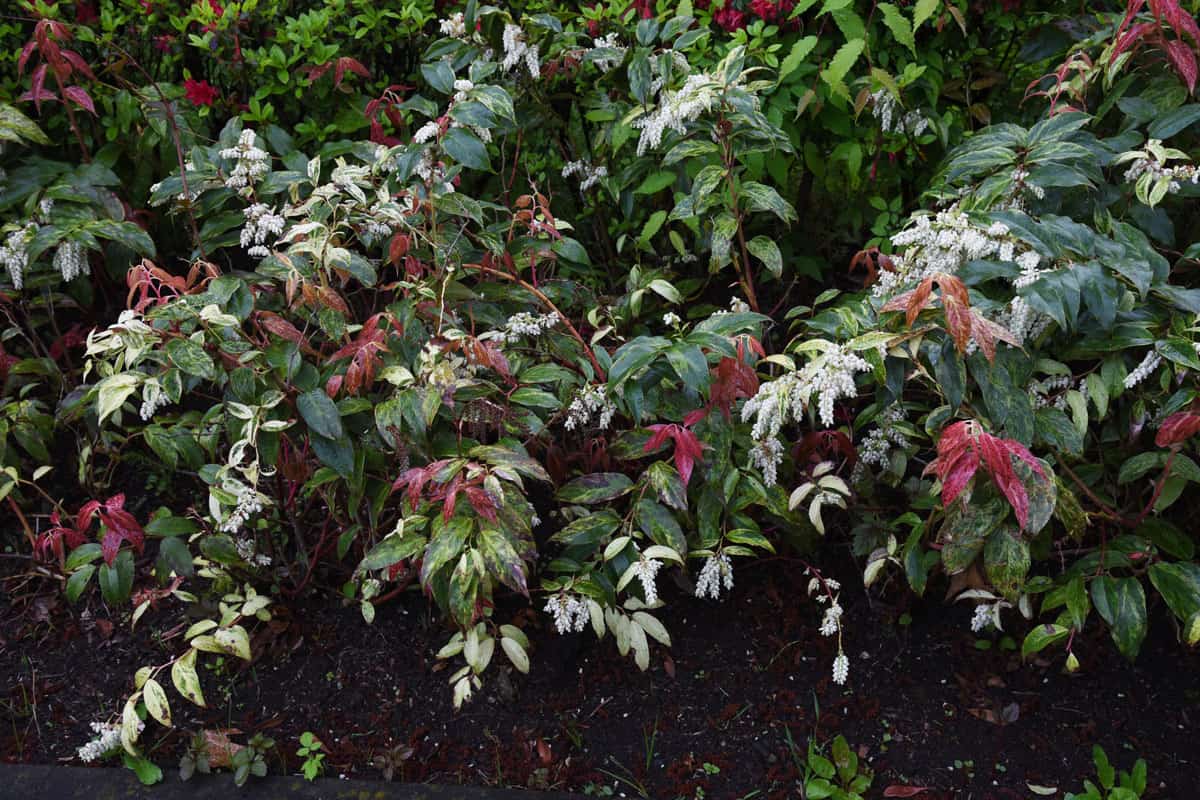
This genus makes up about 50 species of plants which is often seen with long thin leaves with either red or green coloring. Leucothoe also stays relatively small compared to other shrubs. These plants do not like sun as much as other plants and prefer either lots of shade or very cool days if they are in the sun. They grow best in zone 5-8.
43. Japanese Silver Grass

Japanese Silver Grass (Miscanthus sacchariflorus) is made up of extraordinarily long blades of grass that resemble a shaggy hairstyle. The green blades are typically so long they flop over at the top, forming a round shrub. They are known to spread wildly, so as you can imagine there is hardly any upkeep because of their resilience. Just plant them in zone 5 to 9 in good soil and water them regularly.
44. Lupine
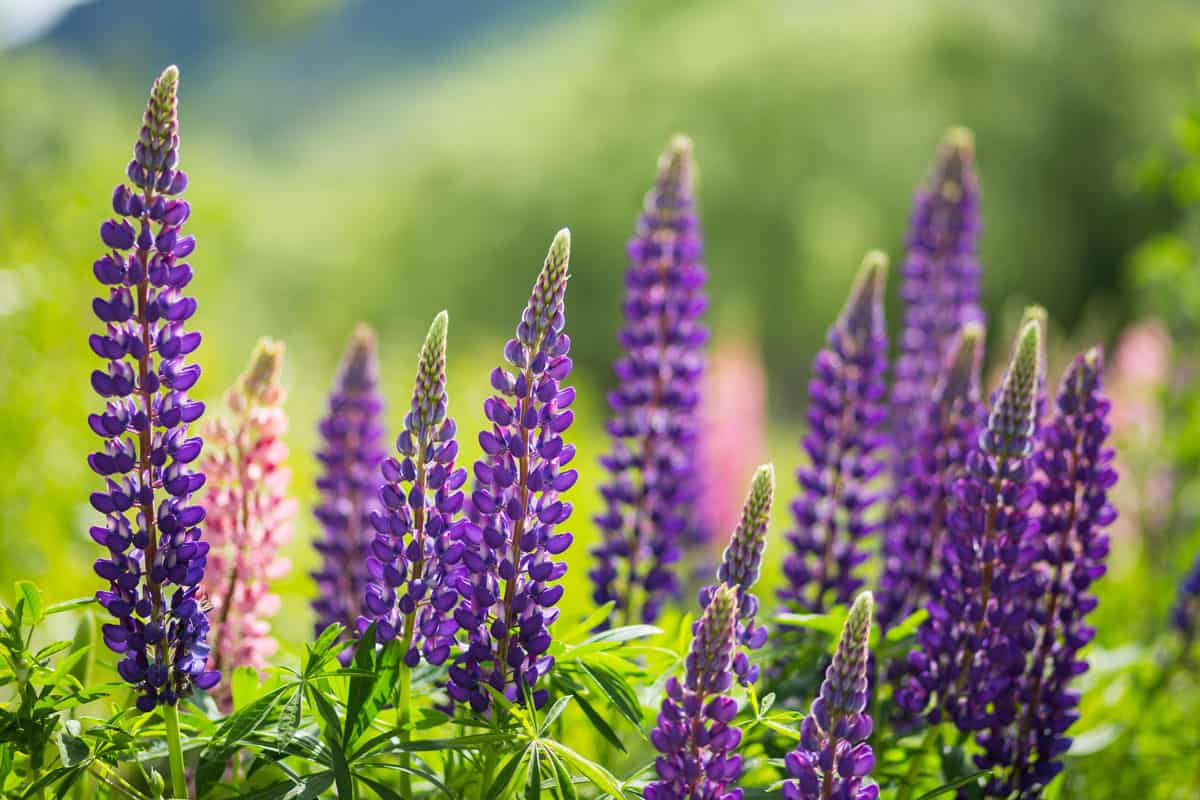
Lupines (Lupinus) are tall, cattail-shaped plants covered in little, purple flowers. They also come in other colors too, but this is more rare and harder to find. Luckily, Lupines love almost any soil and thrive in both shade and the sun, although they prefer cooler weather in zones 4 through 9.
45. Cleyera
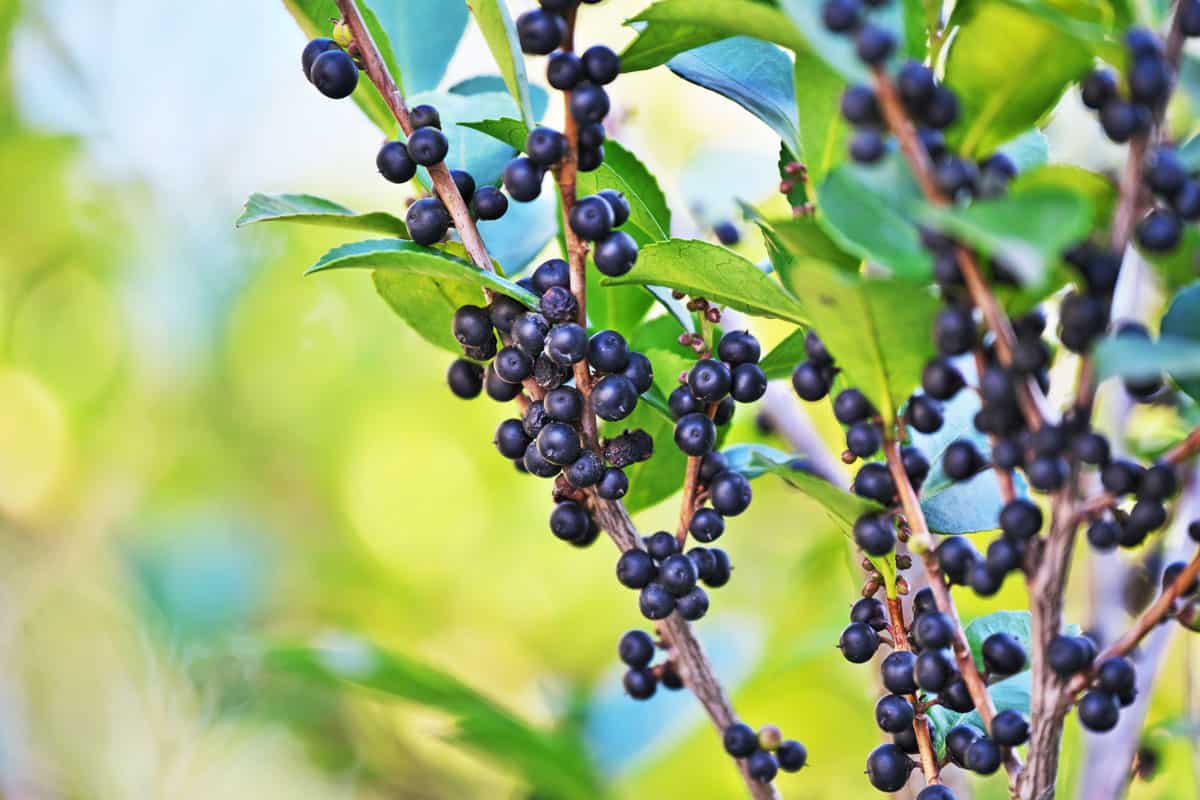
Cleyeras are thick shrubs made up of mostly green leaves with a hint of golden leaves sprinkled throughout. Because of how dense these plants are, they are great for molding and shaping however you see fit. Sitting at 4-5 feet full grown, these shrubs love sunshine and need to be in zone 7-10 to maintain a healthy size as well as be watered regularly.
Summary
All in all, this eclectic collection of plants is sure to make your garden pop with color, grow delectable fruits, and stand out among your neighbors. All Ericaceous plants need to be planted in acidic, infertile soil to survive and thrive, and most of them need partial sunlight and regular watering with a few exceptions. Any of these plants will make a fantastic addition to your home and garden.
Related reading:

Great info on Erica Eli’s plants. Thank you. I’ll have to replant some things in my garden now. ?
No wonder my cat mint wasn’t growing well ,host as and ferns as well ,gosh I can’t wait to give them all a good feed tomorrow and watch them perk up hopefully,.